Even though I spent many years as a travel magazine editor, I had little sense of what to expect from Mexico City, or CDMX, as it’s now known. (CDMX is short for Ciudad de México, which replaced Distrito Federal, or D.F., in 2016.) And what I did expect was wrong: the city is calmer, cleaner, greener, safer, and altogether easier than I thought possible for a metropolitan area of 21 million people. It helped that my husband and I primarily kept to the nicer neighborhoods of Polanco, La Condesa, and Roma Norte, and that we used Uber to get around after dark. As for the quietness, locals said it was a pandemic silver lining, what with people staying home more. And during our five days there, we saw only a handful of homeless people—compare that to L.A. or San Francisco, or even State Street.
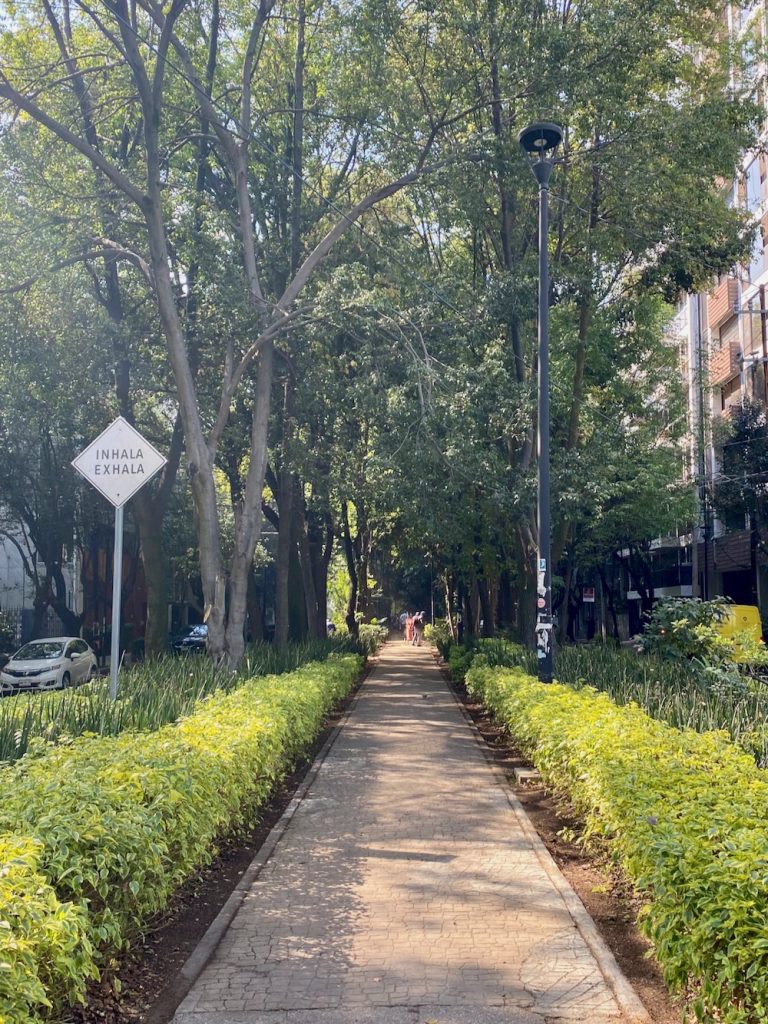 Speaking of Covid, chilangos—slang for residents of CDMX—are far more cautious than we are here. Nearly everyone wears a mask even when walking outside, and many establishments insist that patrons apply hand sanitizer and/or step in a mat of disinfectant before entering. Sometimes the precautions are ludicrous: at Chapultepec Castle, we got misted from neck to toe, and Máximo Bistrot, we were given little paper bags to hold our masks (so as not to contaminate the table, I guess). This social-distancing icon, however, is clearly a winner.
Speaking of Covid, chilangos—slang for residents of CDMX—are far more cautious than we are here. Nearly everyone wears a mask even when walking outside, and many establishments insist that patrons apply hand sanitizer and/or step in a mat of disinfectant before entering. Sometimes the precautions are ludicrous: at Chapultepec Castle, we got misted from neck to toe, and Máximo Bistrot, we were given little paper bags to hold our masks (so as not to contaminate the table, I guess). This social-distancing icon, however, is clearly a winner.
![]() As I’ve grown older, I’ve come to love a fancy business hotel—it’s like a weighted blanket, a respite from everything going on outside. A friend recommended the Four Seasons, but it came across in reviews as faded. Instead, we stayed at the Ritz-Carlton Mexico City that opened three months ago across from Chapultepec Park. What the hotel lacks in character, it makes up for in freshness and convenience.
As I’ve grown older, I’ve come to love a fancy business hotel—it’s like a weighted blanket, a respite from everything going on outside. A friend recommended the Four Seasons, but it came across in reviews as faded. Instead, we stayed at the Ritz-Carlton Mexico City that opened three months ago across from Chapultepec Park. What the hotel lacks in character, it makes up for in freshness and convenience.
And we had a heck of a room. One of the many delightful things about Adam is that he errs on the side of luxury when choosing a hotel room, and then we got upgraded; consequently, we had a sweet set-up on the 44th floor, with glorious 180-degree views and a balcony. We also had the chance to see a basic guest room, which was still quite livable. (I should point out that we paid our own way for everything on the trip, and no one knew I’d be writing about it.)
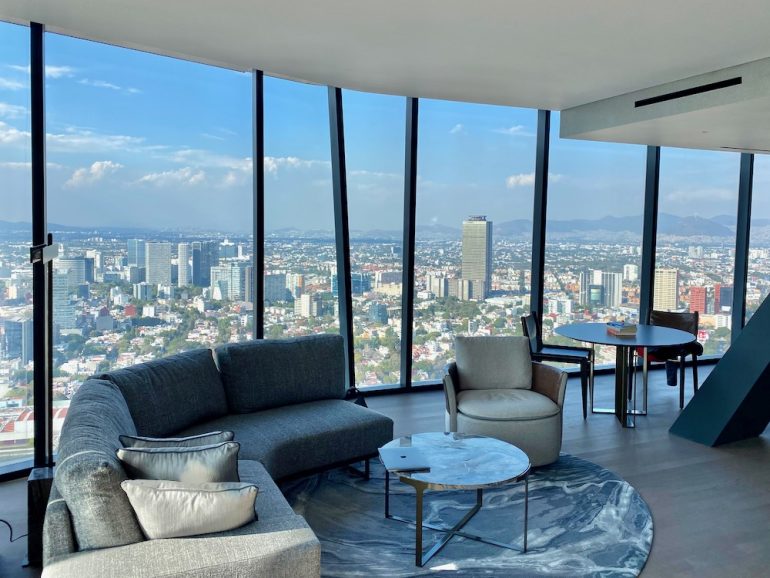
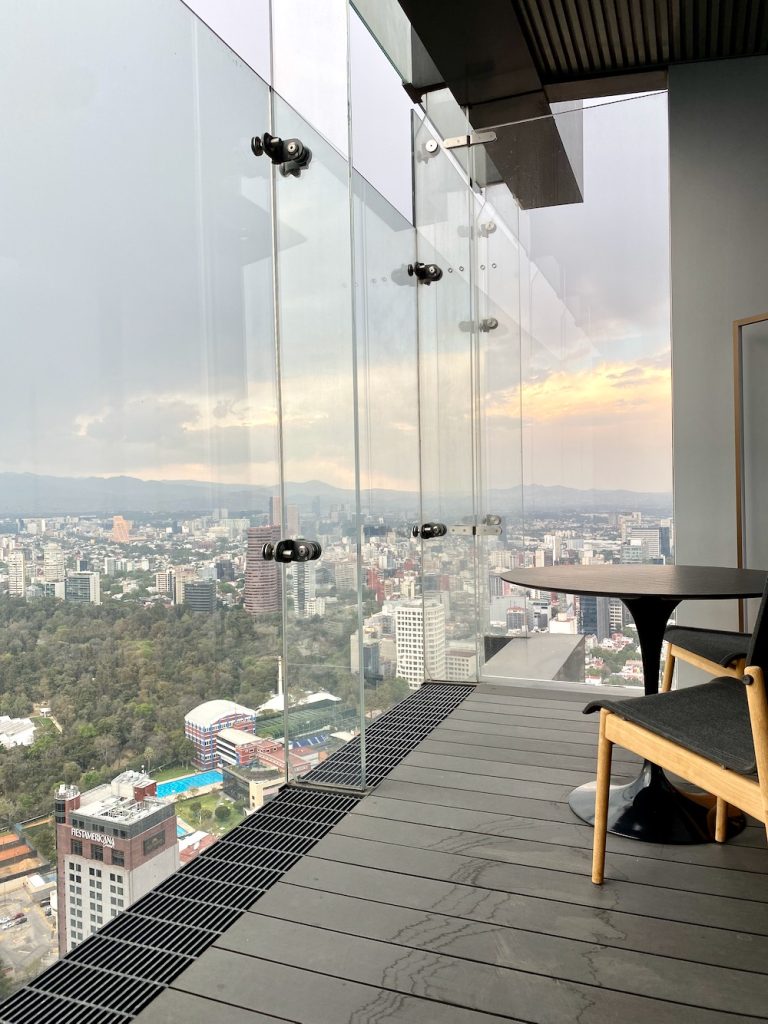 A few caveats…. The Ritz-Carlton building towers over the city, but you can barely tell where to enter. I understand why hotels are moving away from the traditional lobby—they’re hard to monetize, a pain to police, and who wants a bunch of people sitting around looking at their laptops all day?—but public space is also a chance to show off personality, and without it, a hotel is just an office tower where people spend the night. Moreover, three elevator rides are required to reach the guest rooms: one to the third-floor front desk, another to what passes for a lobby (the restaurant, bar, and two concierge desks) on the 38th floor, and a third to get to your room.
A few caveats…. The Ritz-Carlton building towers over the city, but you can barely tell where to enter. I understand why hotels are moving away from the traditional lobby—they’re hard to monetize, a pain to police, and who wants a bunch of people sitting around looking at their laptops all day?—but public space is also a chance to show off personality, and without it, a hotel is just an office tower where people spend the night. Moreover, three elevator rides are required to reach the guest rooms: one to the third-floor front desk, another to what passes for a lobby (the restaurant, bar, and two concierge desks) on the 38th floor, and a third to get to your room.
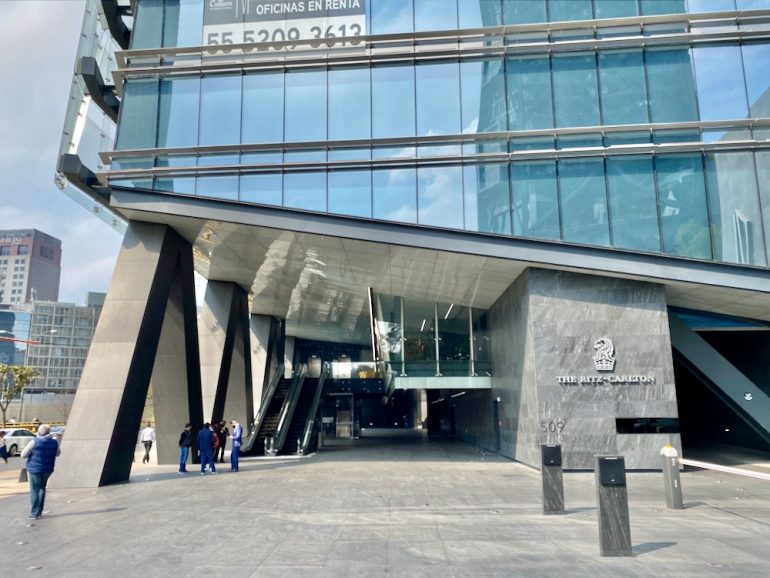
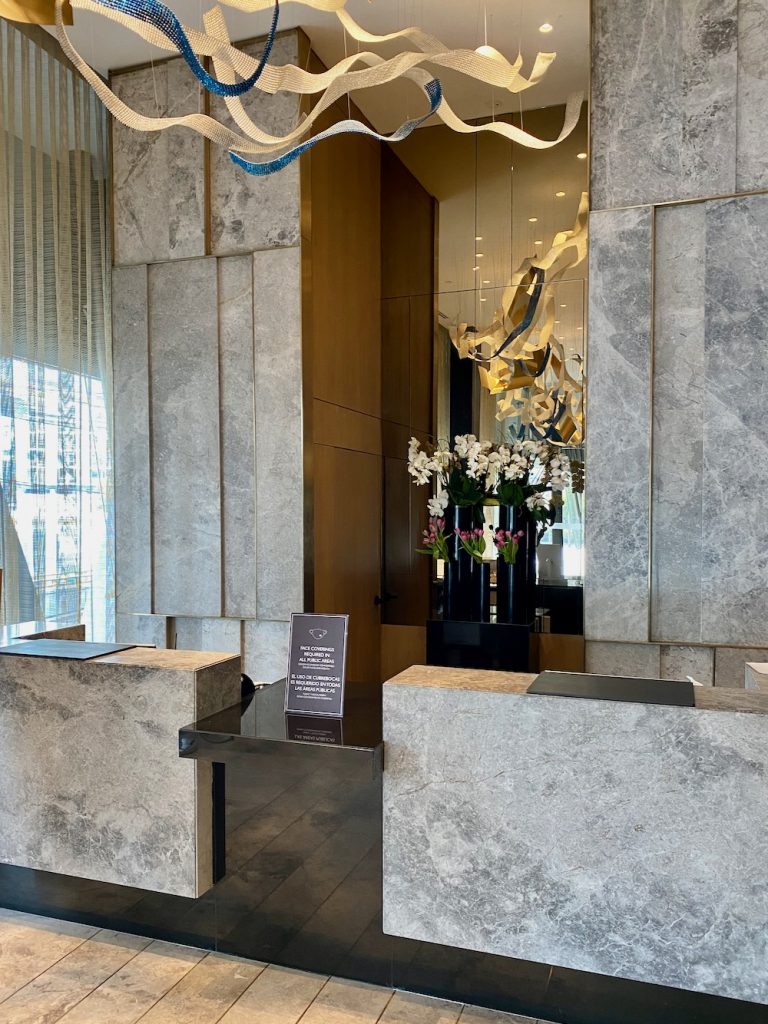 The staff was delightful and helpful throughout our five-night stay, but the property is still working out some kinks, as is only to be expected. (You try opening a hotel.) The door to our terrace had no soundproofing, so the traffic noise came through, along with every word of a neighbor’s phone call. The lights in our room, meant to turn on automatically when you get up at night, occasionally went on for no reason. And one day, we returned to to find two dozen long-stem roses, only to have them taken away an hour later, because they were meant for a different guest. That was actually more funny than anything else.
The staff was delightful and helpful throughout our five-night stay, but the property is still working out some kinks, as is only to be expected. (You try opening a hotel.) The door to our terrace had no soundproofing, so the traffic noise came through, along with every word of a neighbor’s phone call. The lights in our room, meant to turn on automatically when you get up at night, occasionally went on for no reason. And one day, we returned to to find two dozen long-stem roses, only to have them taken away an hour later, because they were meant for a different guest. That was actually more funny than anything else.
One benefit of staying at a new hotel is that it’s less likely to be crowded. In fact, the restaurant and bar were often empty—surprising because the views are unbeatable.
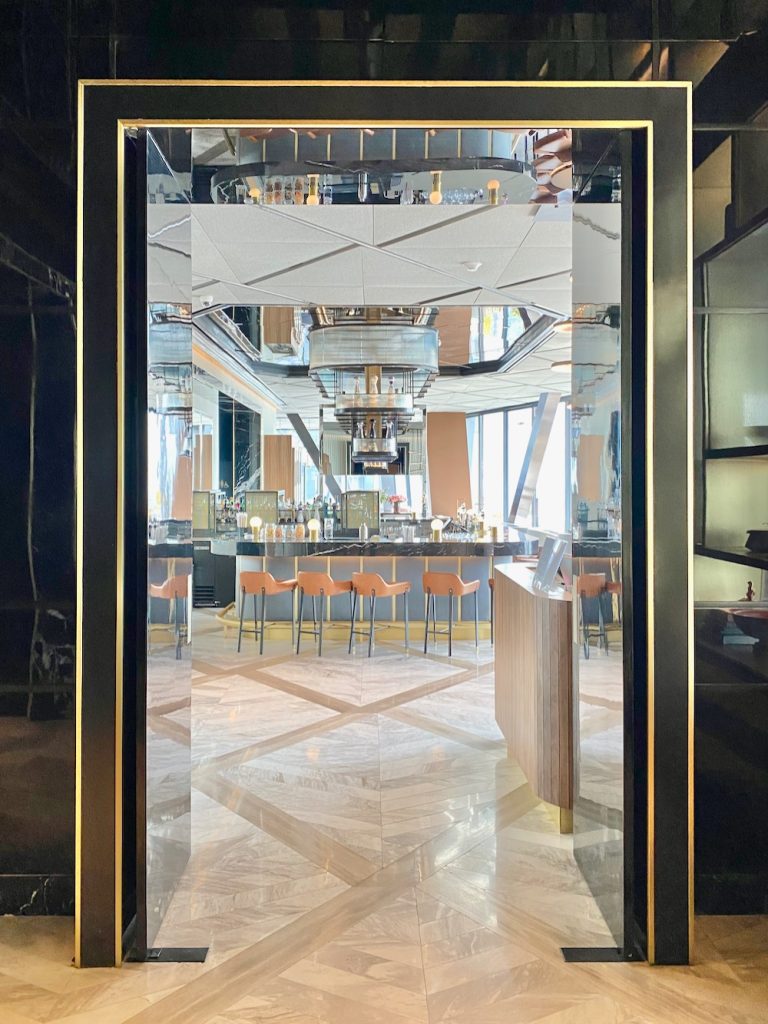
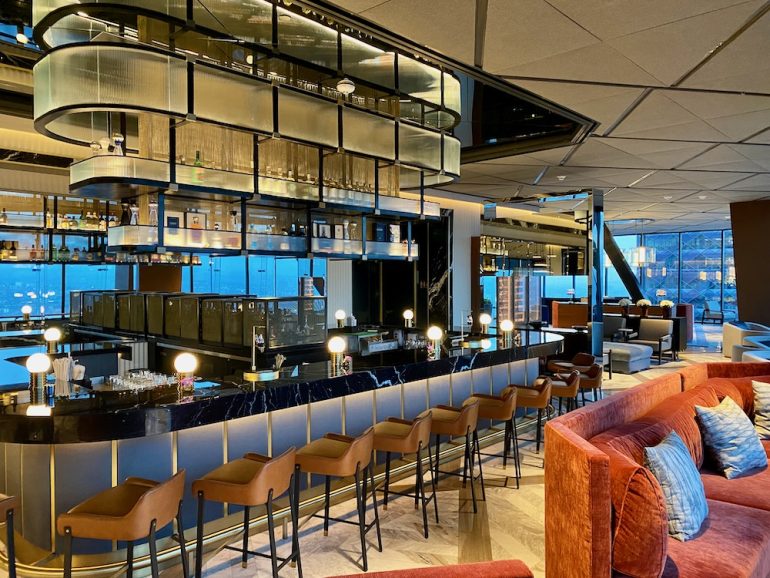
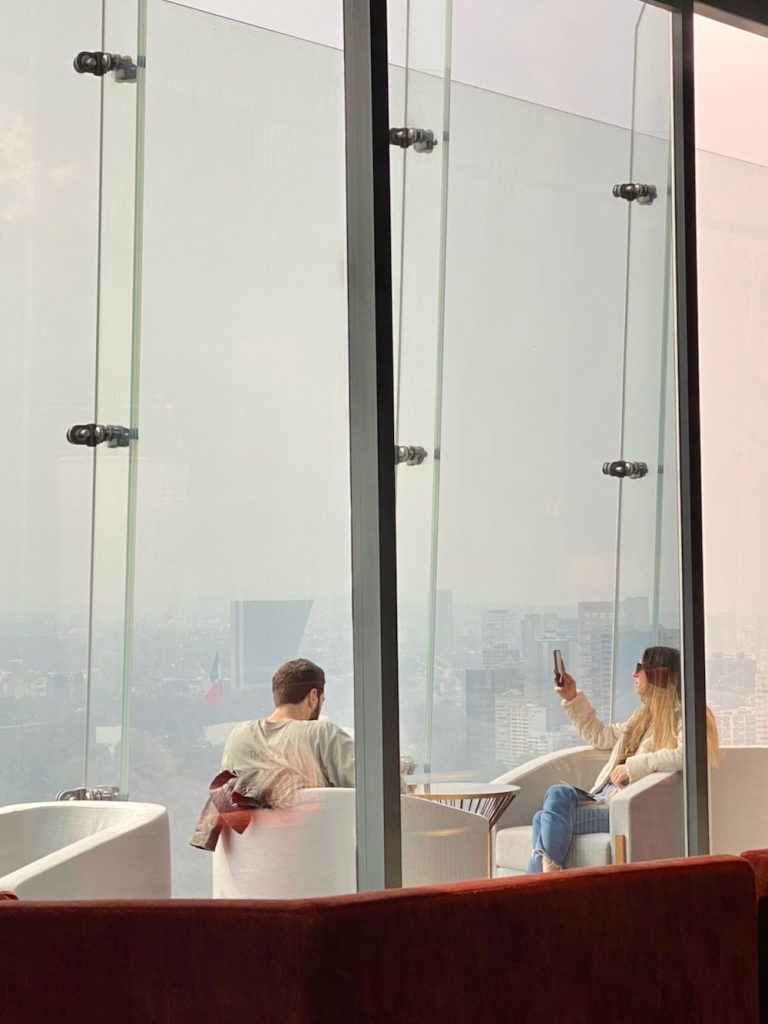 When I say I miss the buzz of a big city, I hardly meant nightlife—my carriage reverts into a pumpkin at 9 p.m. What I crave is walking and savoring the sense of place, a good part of which involves architecture. Like all cities, CDMX has many unremarkable buildings, but it also has many terrific ones.
When I say I miss the buzz of a big city, I hardly meant nightlife—my carriage reverts into a pumpkin at 9 p.m. What I crave is walking and savoring the sense of place, a good part of which involves architecture. Like all cities, CDMX has many unremarkable buildings, but it also has many terrific ones.
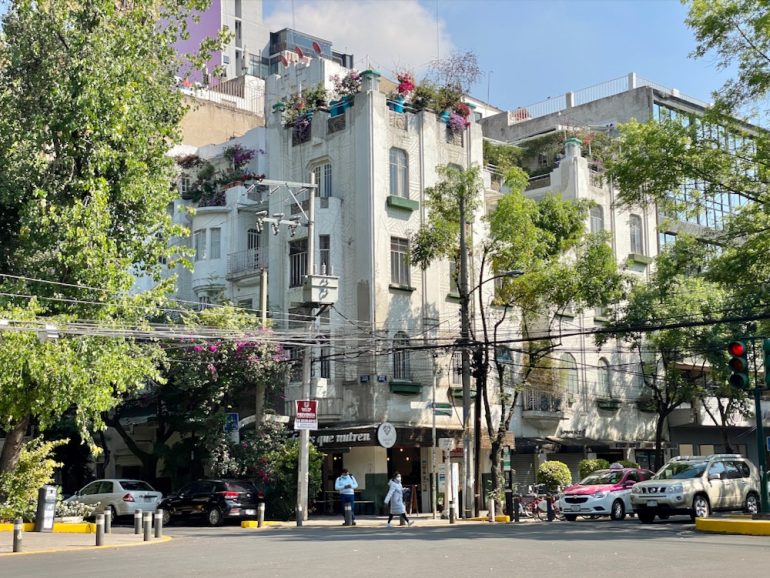
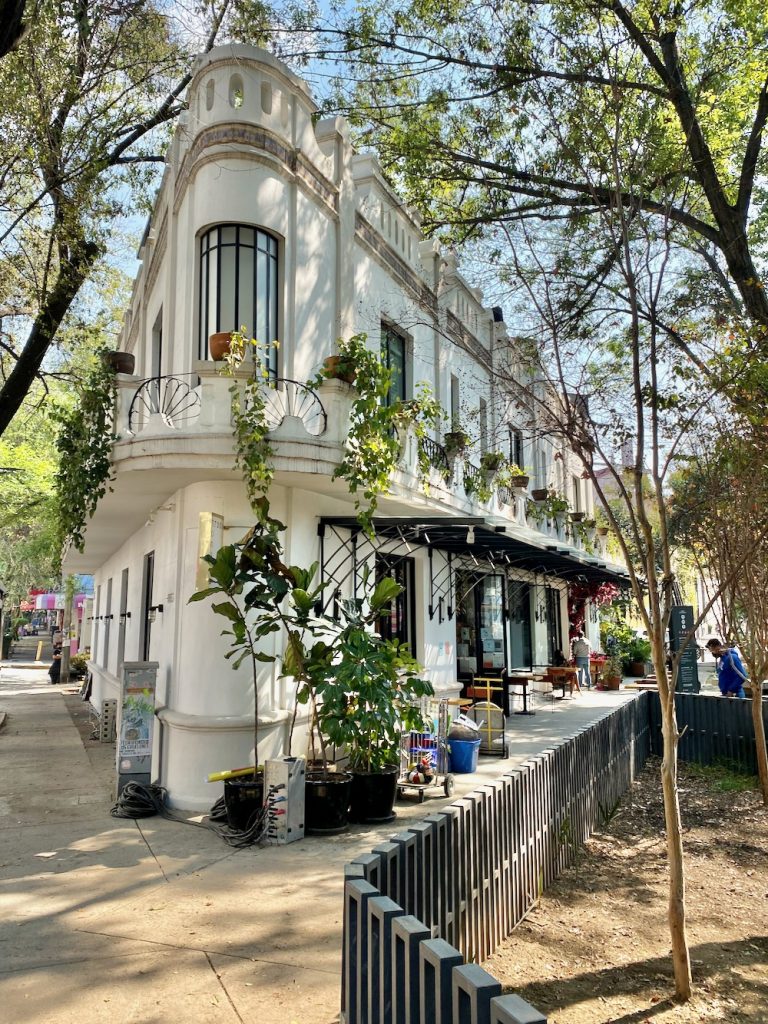
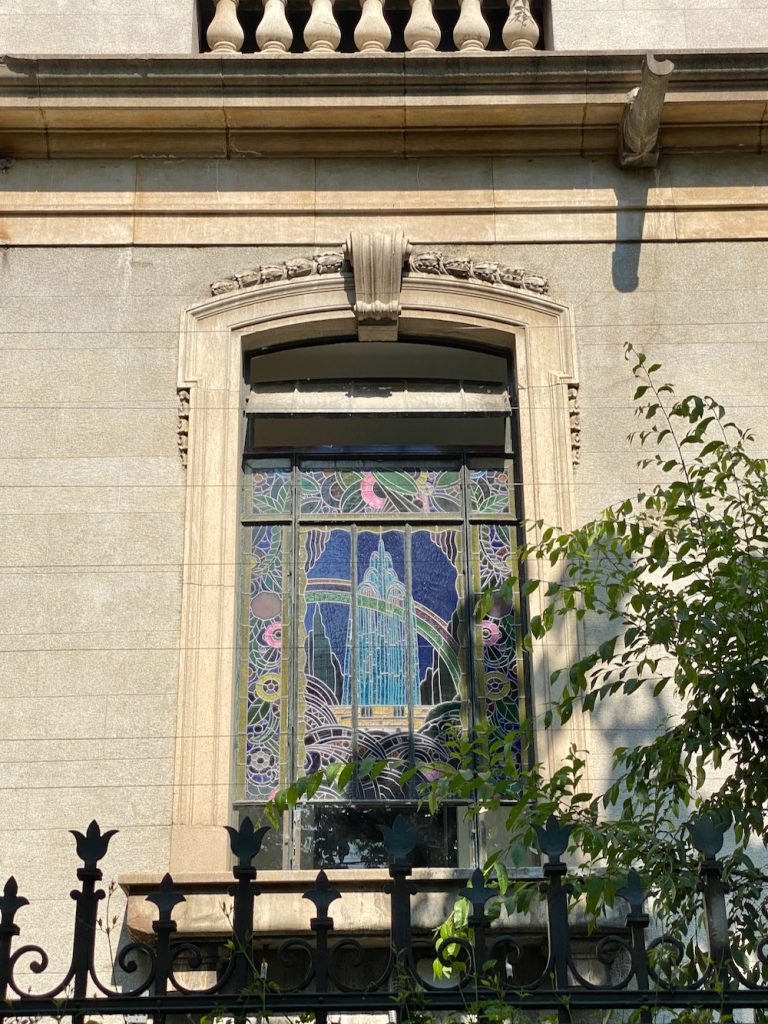
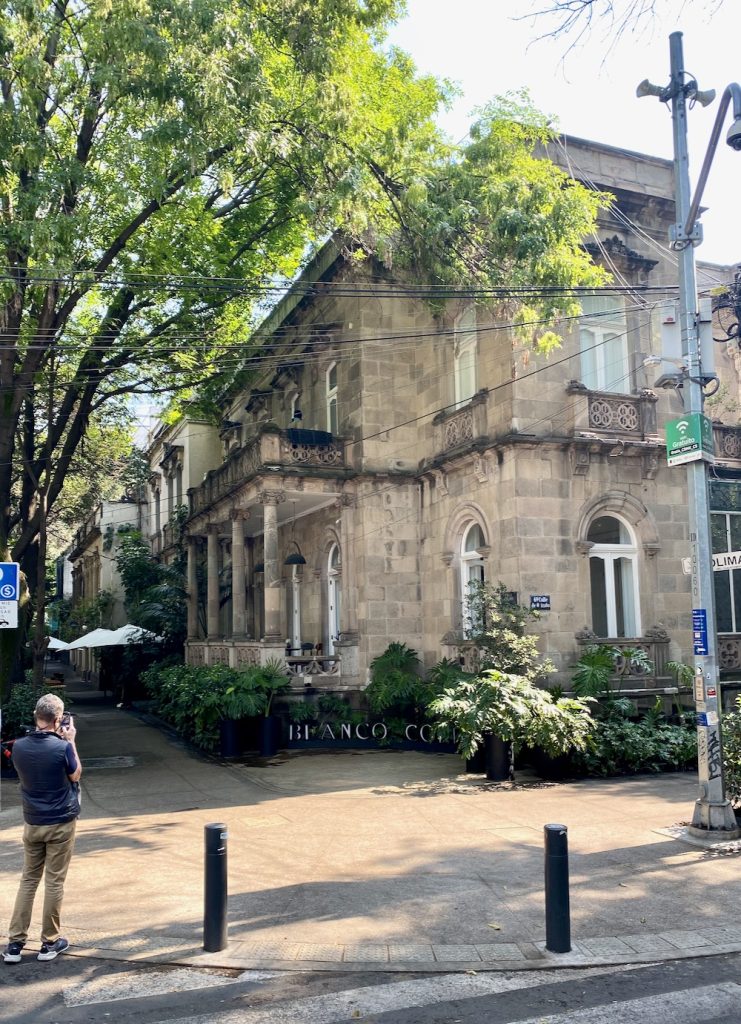
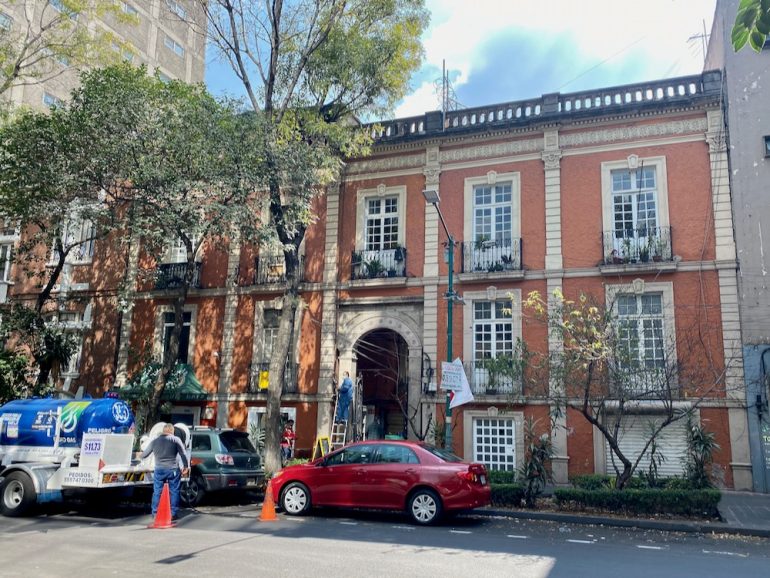
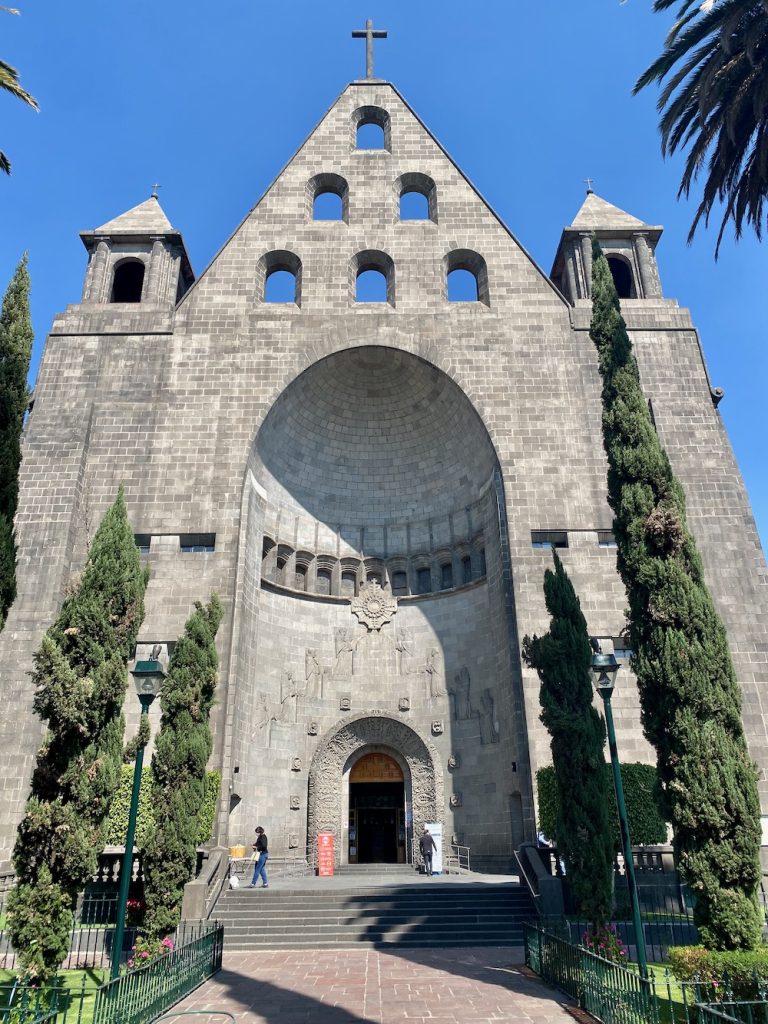
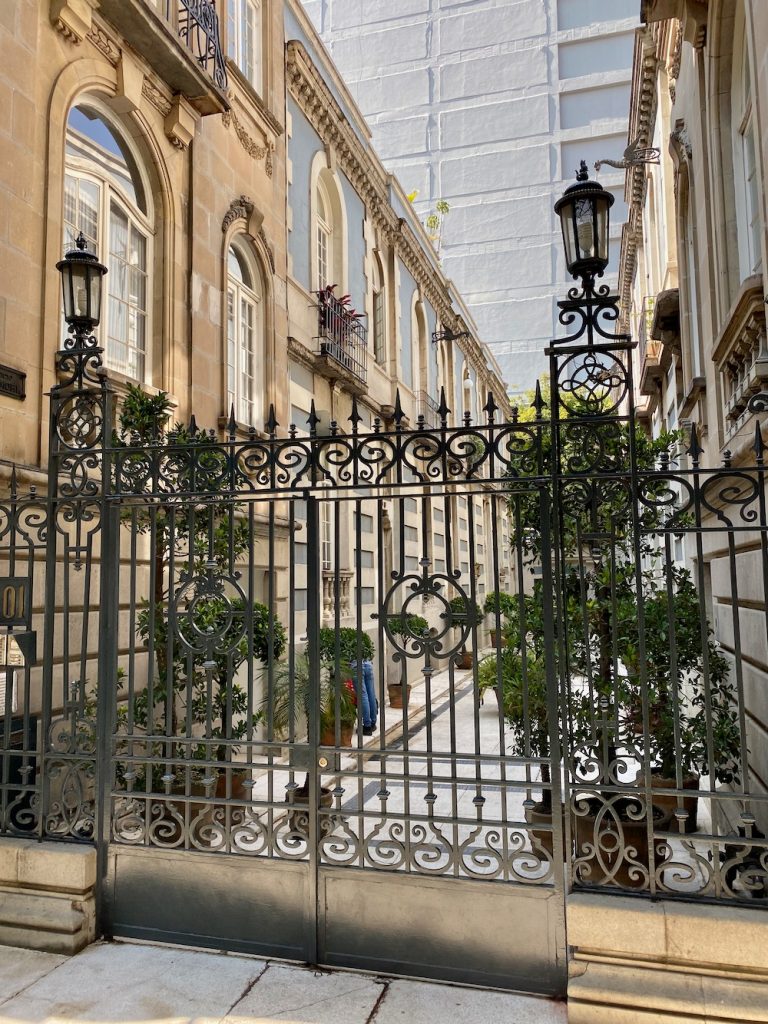
And you get those occasional pops of bold color you expect from Mexico.
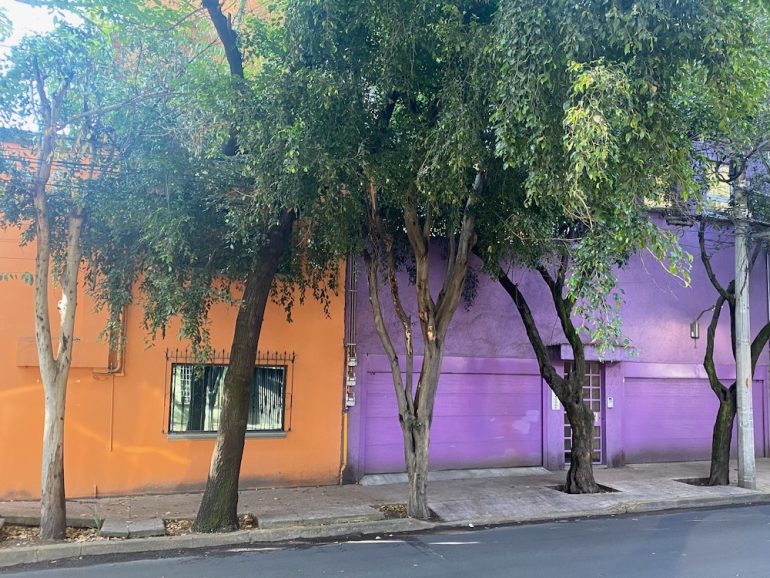
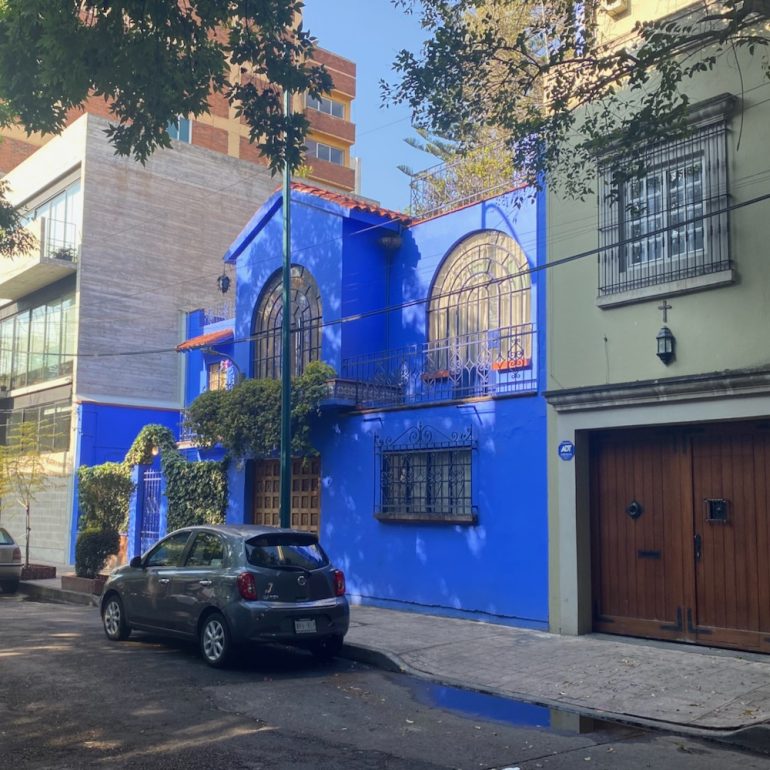
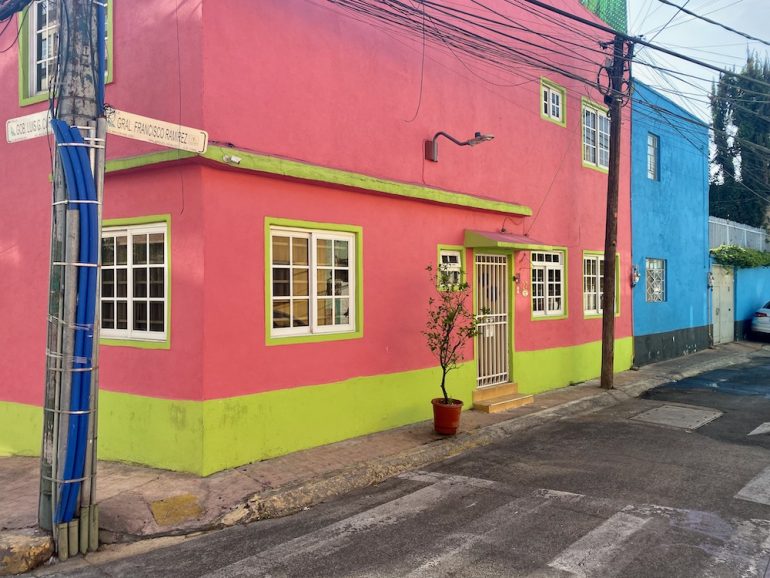
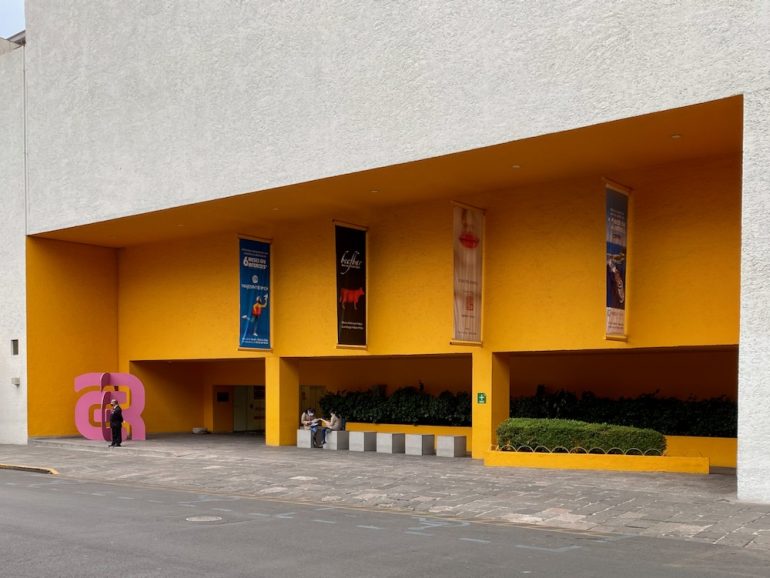 To be fair, there’s also a decent amount of urban decay.
To be fair, there’s also a decent amount of urban decay.
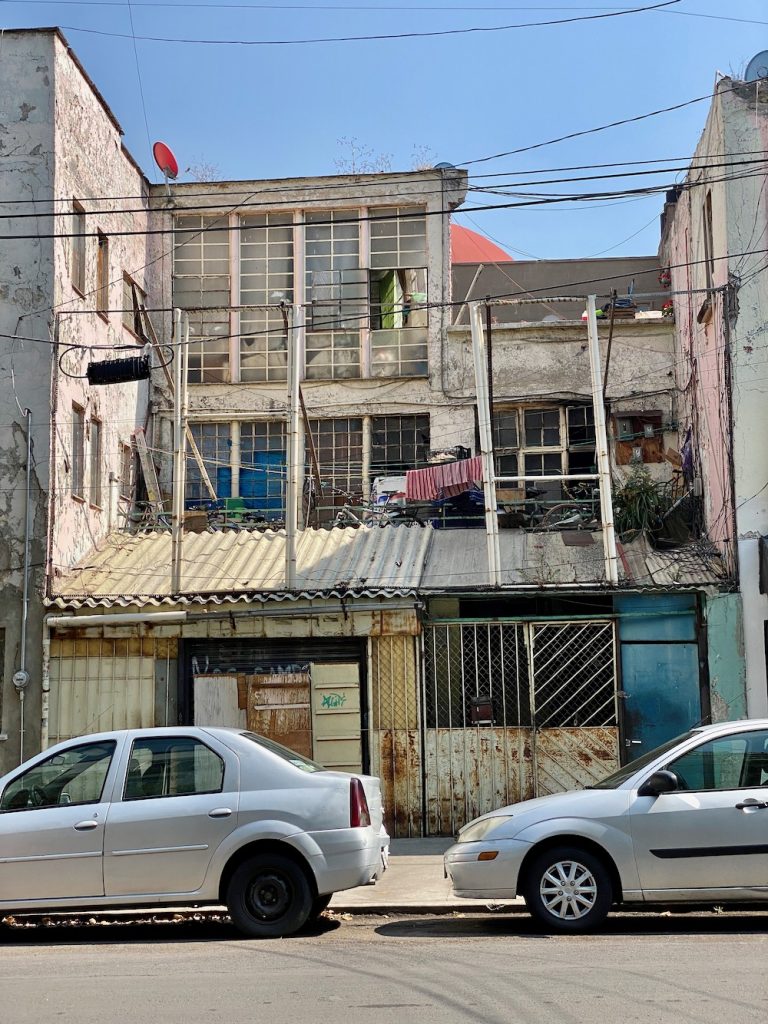
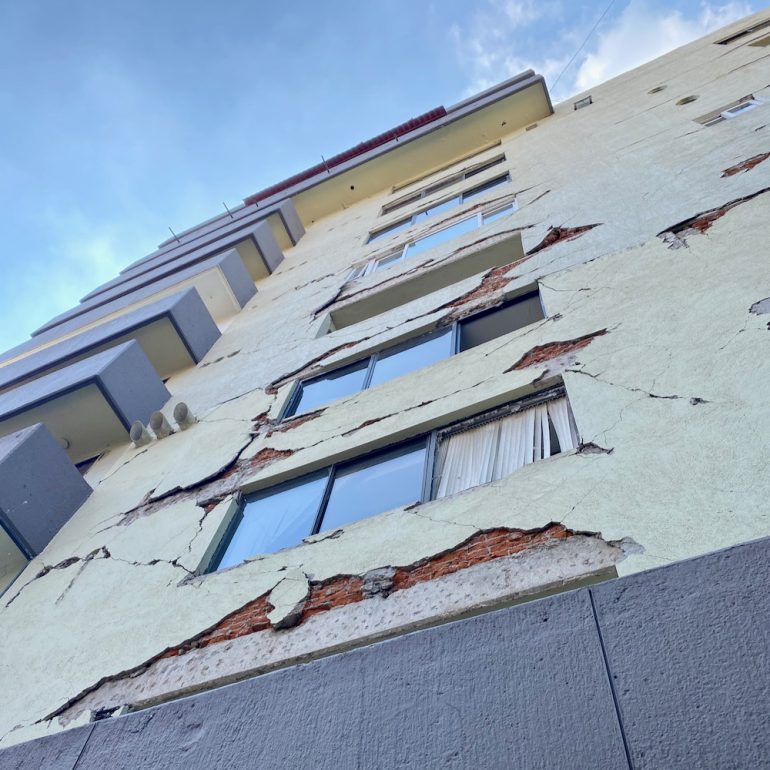 When I travel, I’m essentially on a treasure hunt for the quirky details that make a place feel sui generis.
When I travel, I’m essentially on a treasure hunt for the quirky details that make a place feel sui generis.
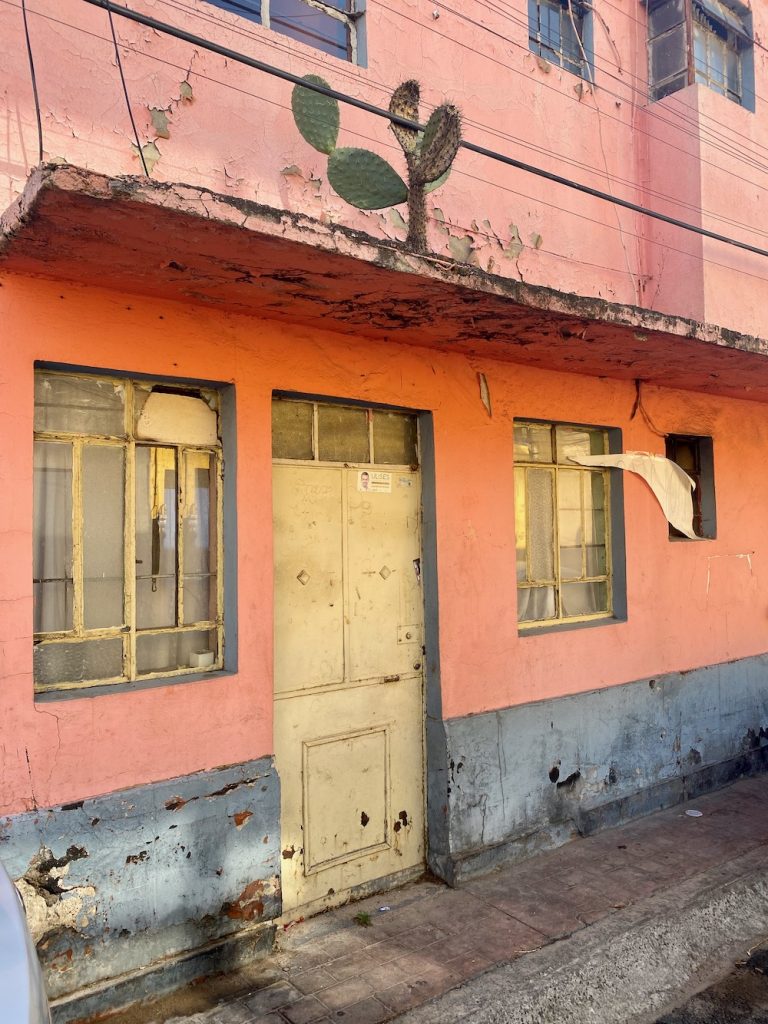
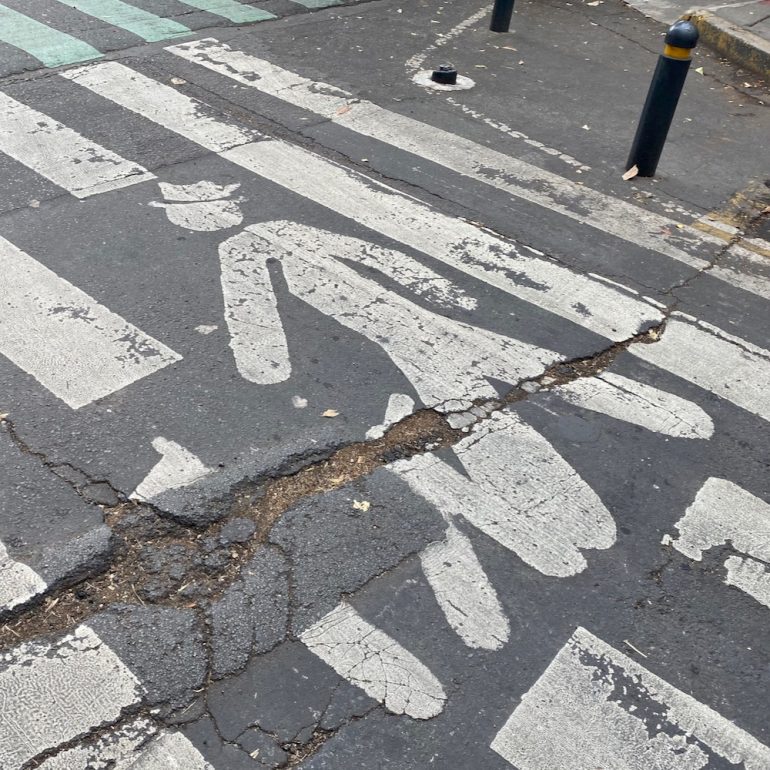

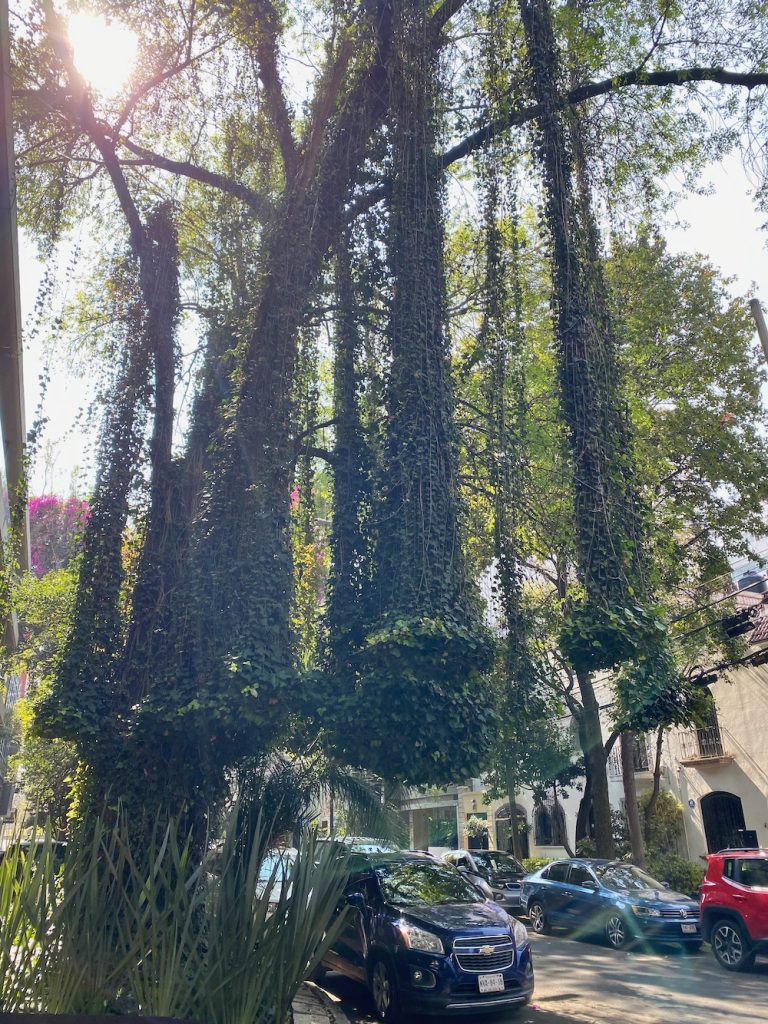 This time, dogs were a motif: a high-style warning sign, a fanciful poodle topiary, a well-behaved training class, canine ice cream….
This time, dogs were a motif: a high-style warning sign, a fanciful poodle topiary, a well-behaved training class, canine ice cream….
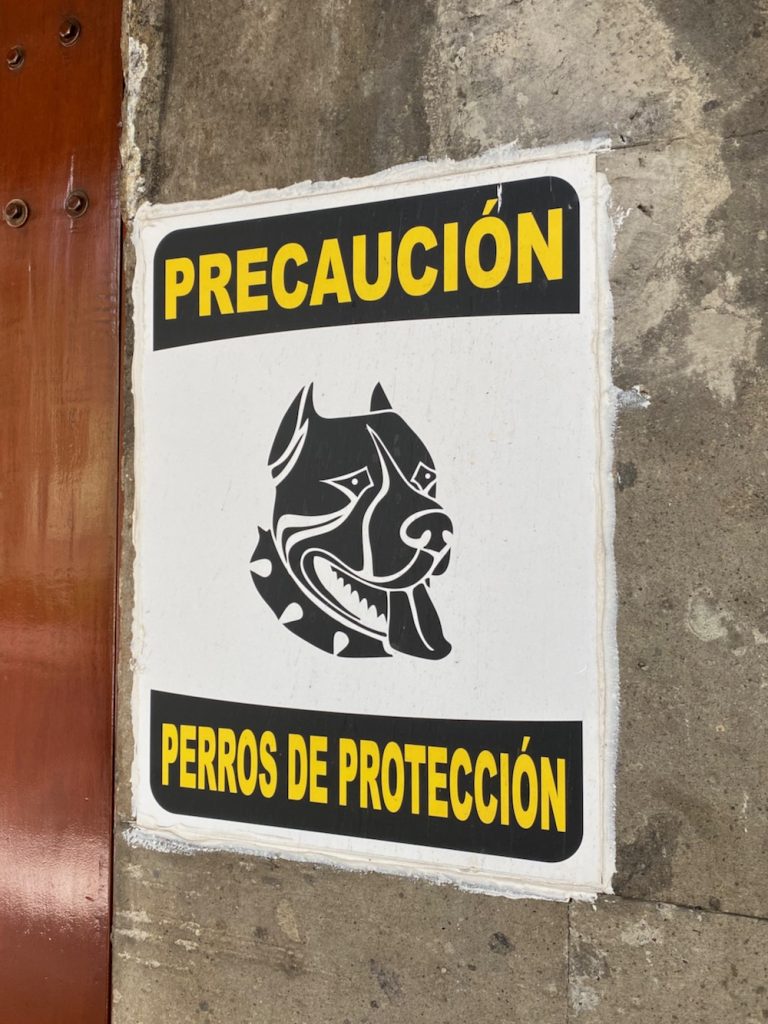
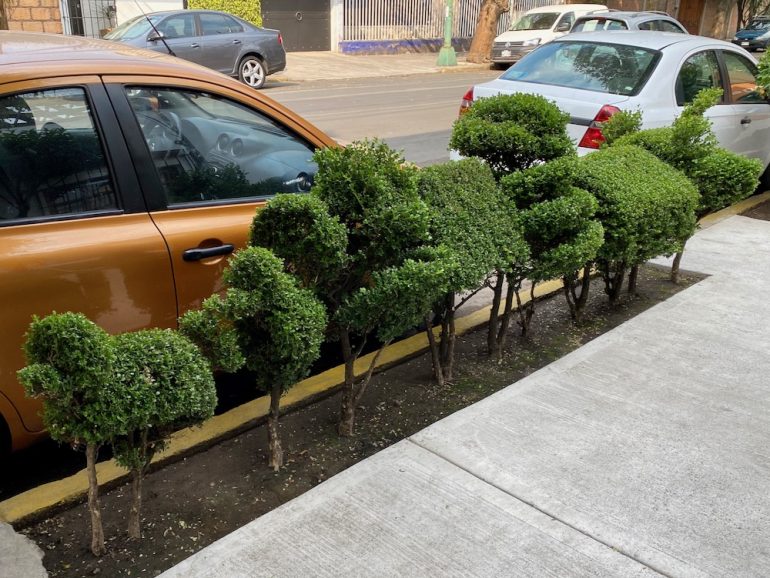
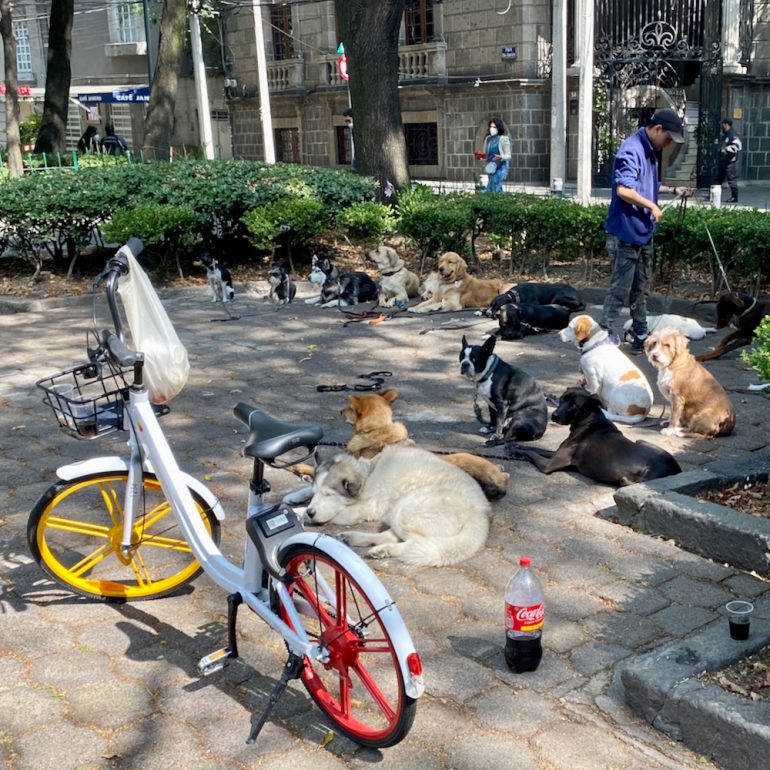
 Adam is obsessed with pugs, so everywhere we go, whatever we do, we’re simultaneously looking for pugs. In CDMX, we averaged more than one a day, which is an unheard-of ratio. The most memorable sighting was less about the pug and more about its companion, who looked like someone Wes Anderson or Edward Gorey might have dreamed up. Note that it was 68 degrees and sunny at the time.
Adam is obsessed with pugs, so everywhere we go, whatever we do, we’re simultaneously looking for pugs. In CDMX, we averaged more than one a day, which is an unheard-of ratio. The most memorable sighting was less about the pug and more about its companion, who looked like someone Wes Anderson or Edward Gorey might have dreamed up. Note that it was 68 degrees and sunny at the time.
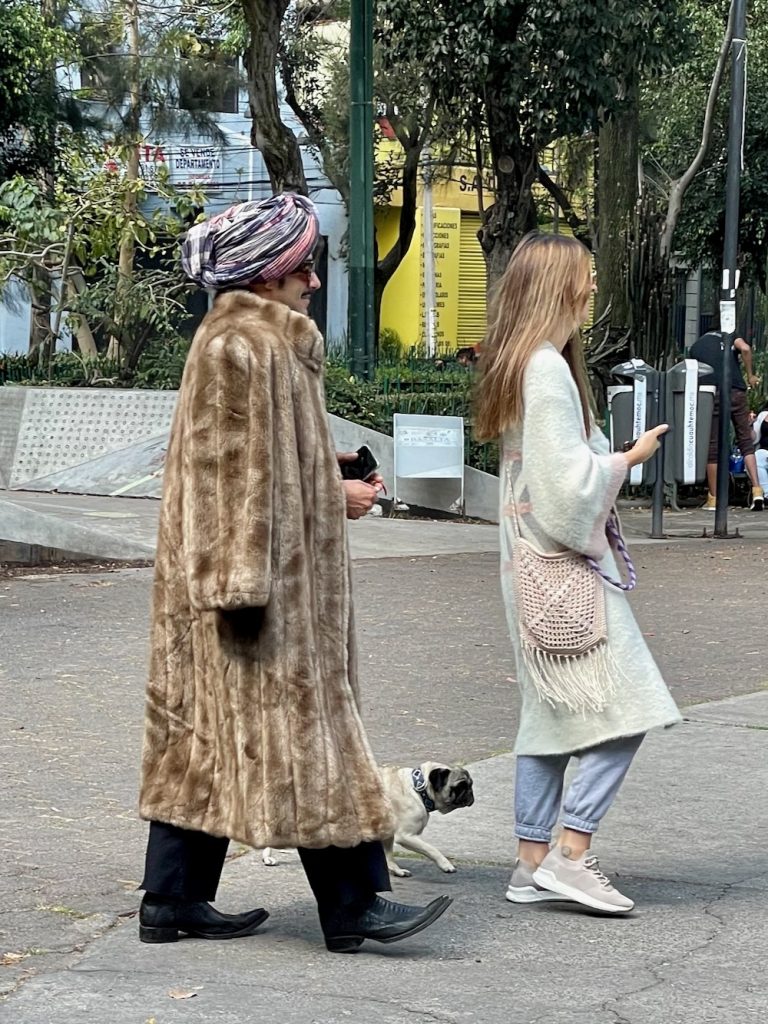 The thing that will stick with me the most about the city is the typography. Old or new, high or low, hand-drawn or not, it was exquisite. If I lived in CDMX, I’d feel compelled to devote a blog to it.
The thing that will stick with me the most about the city is the typography. Old or new, high or low, hand-drawn or not, it was exquisite. If I lived in CDMX, I’d feel compelled to devote a blog to it.
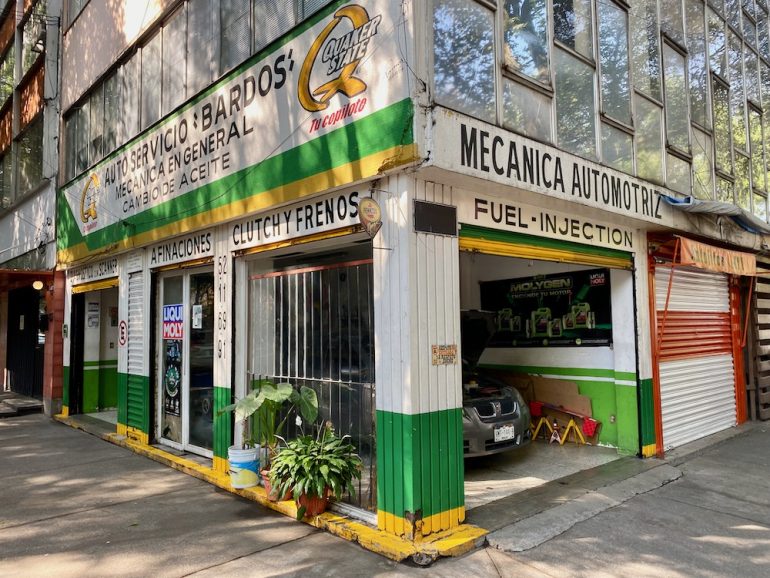
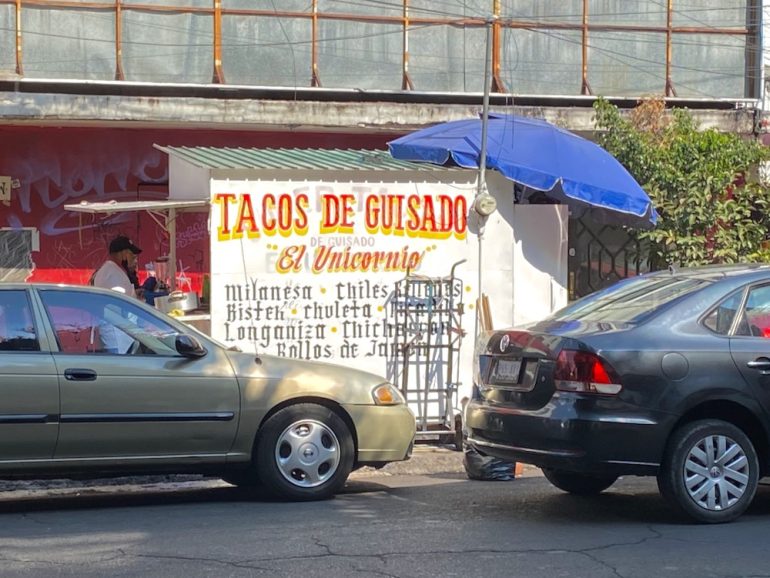
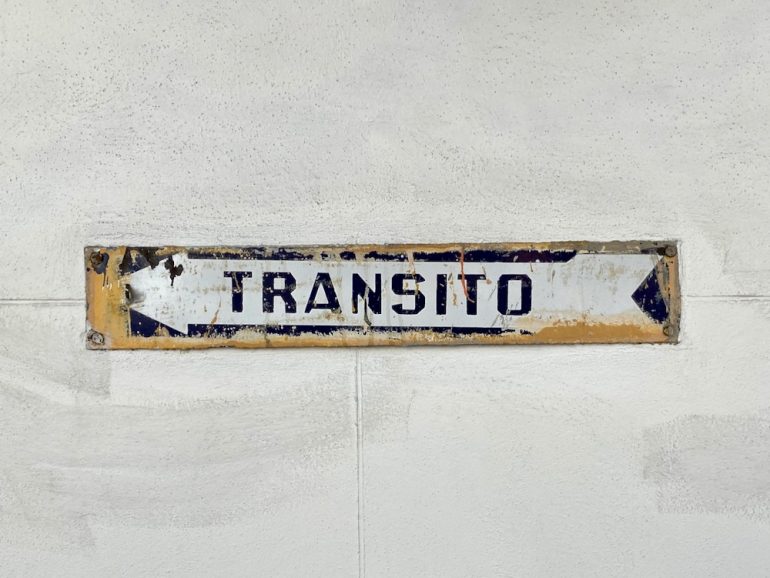
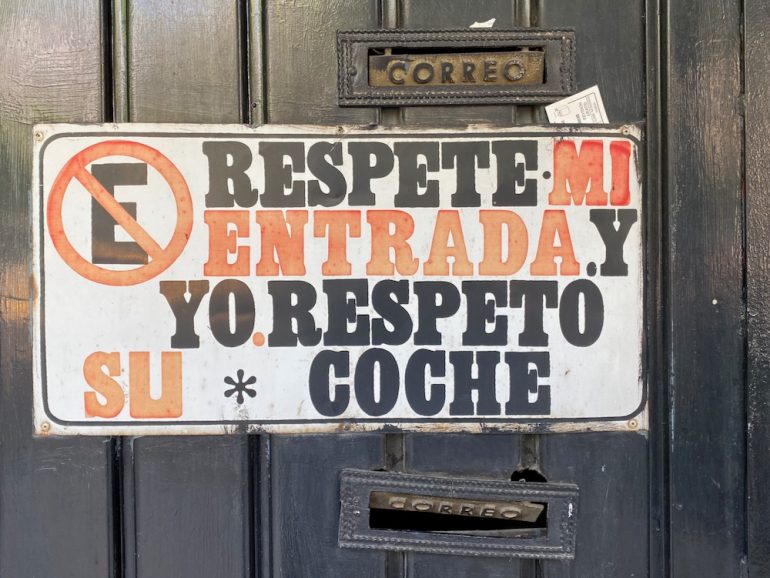
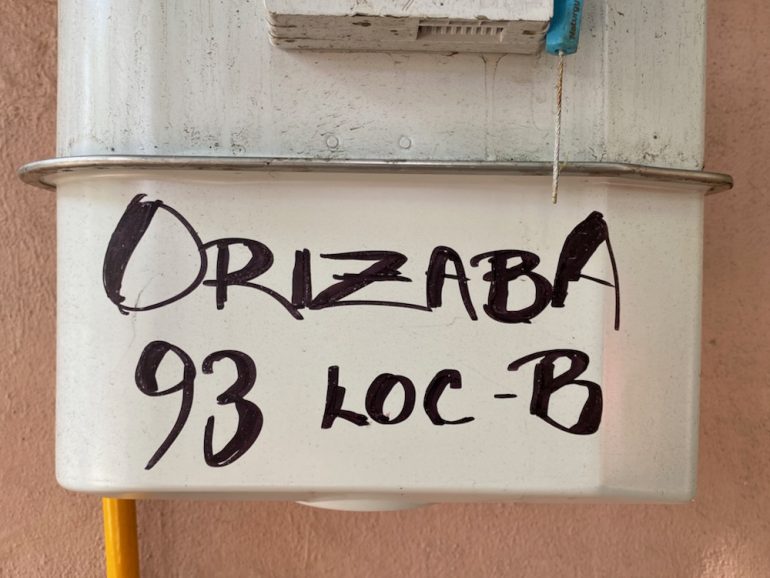
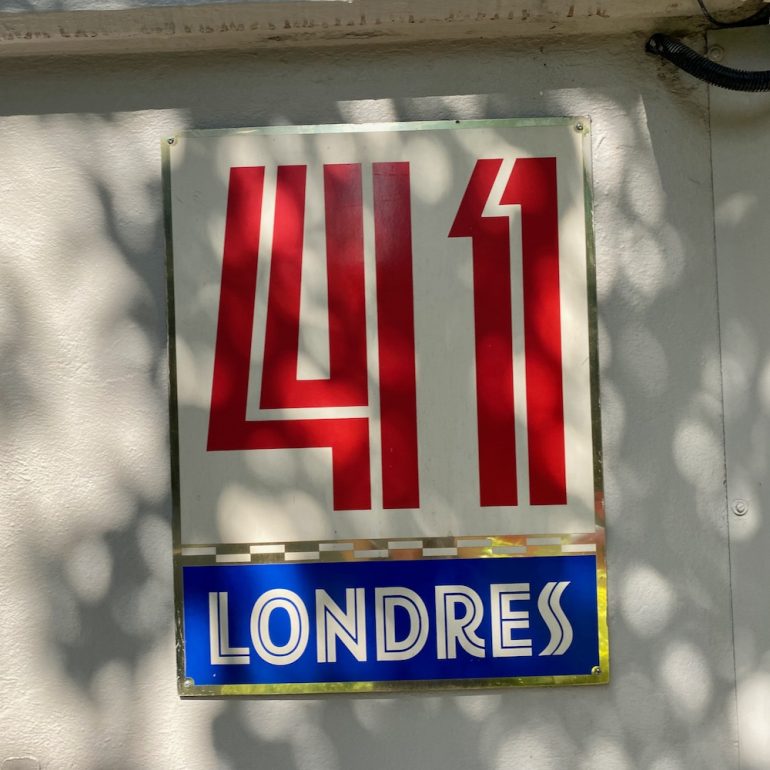
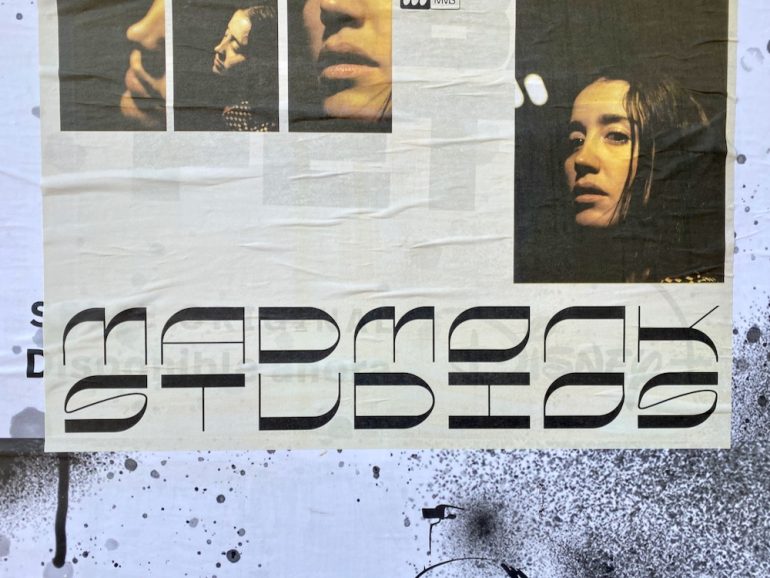
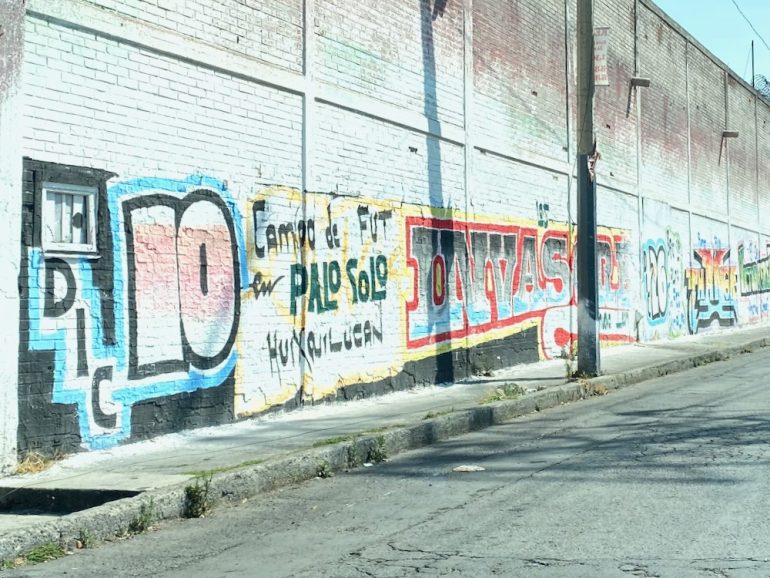
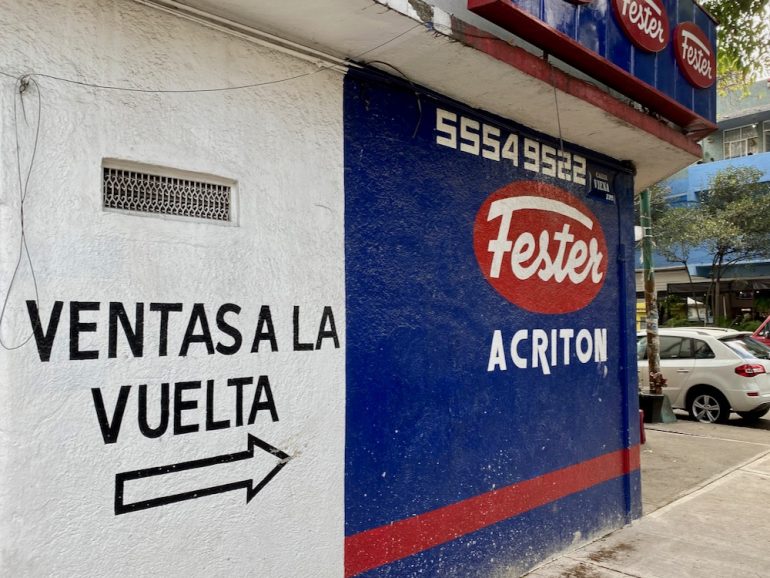
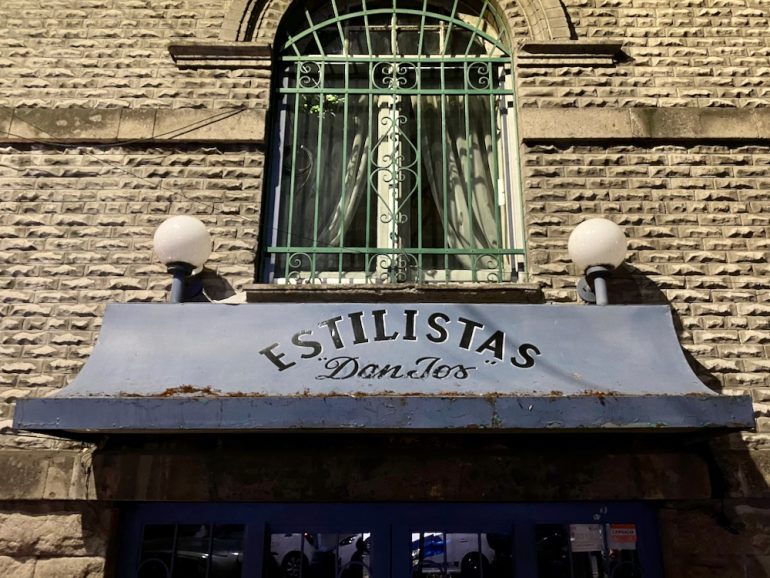
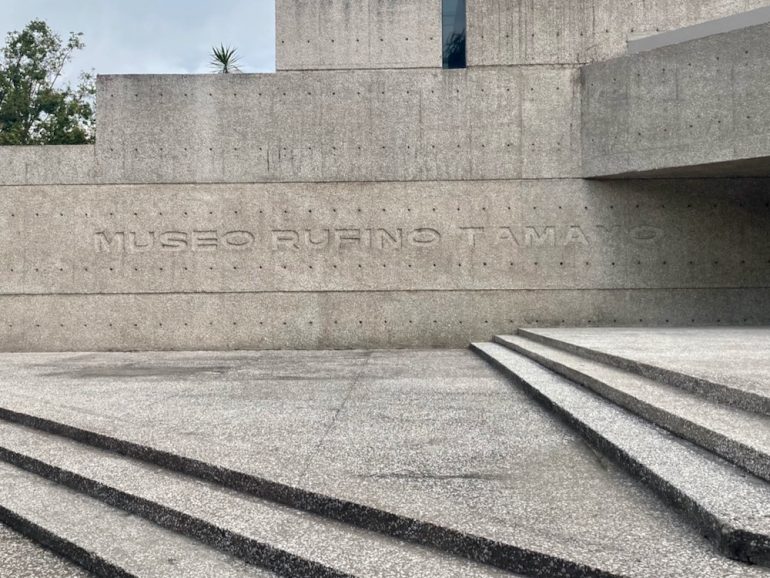
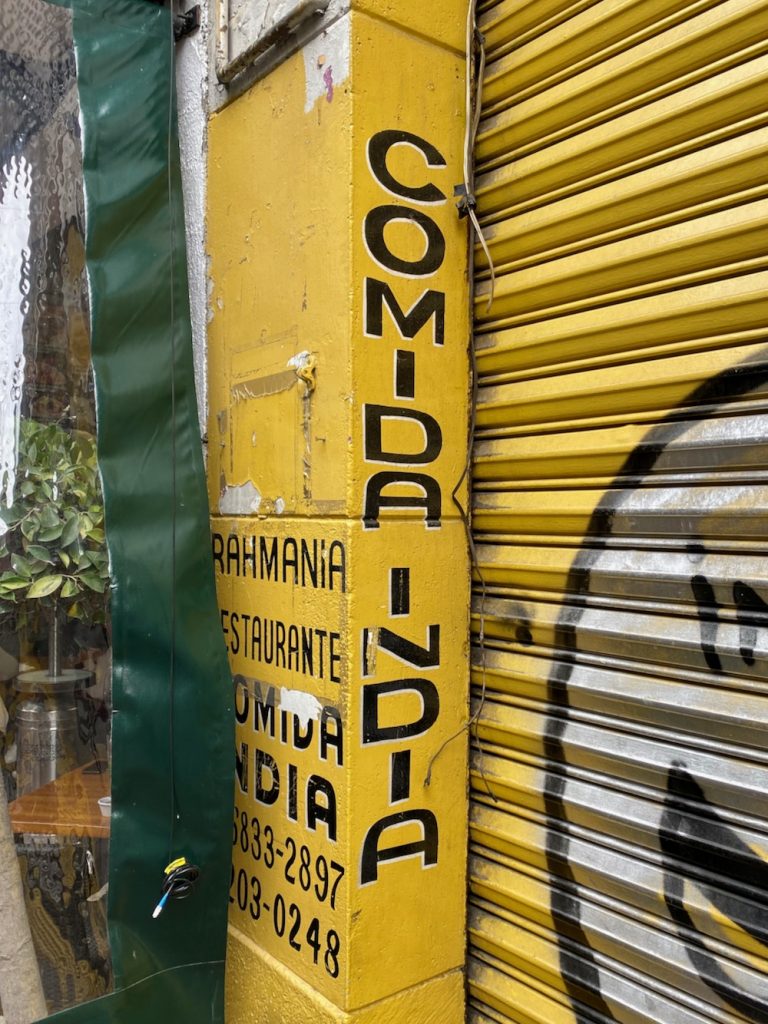
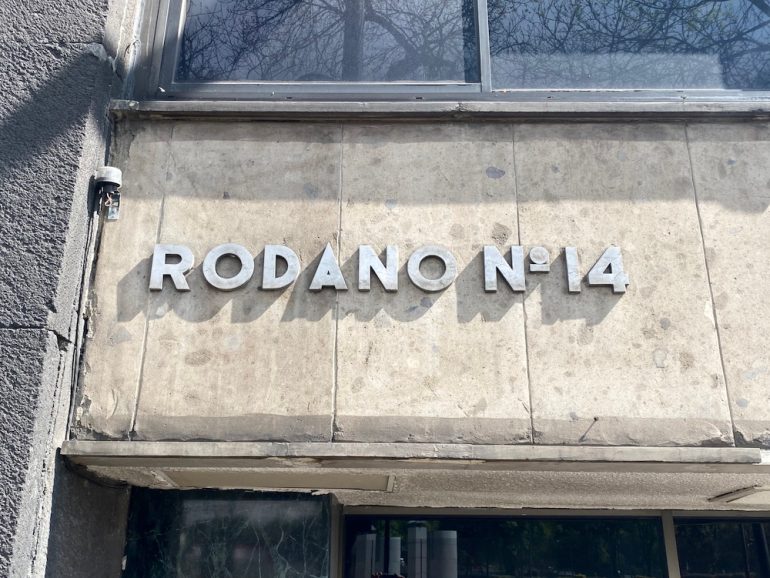 Because this was our first trip to the city, we had to see some of the main attractions. At Chapultepec Castle, reading a summary of Mexican history beforehand would have made the signage more digestible, but the building itself needed no advance preparation. That’s the Ritz-Carlton looming in the second photo below.
Because this was our first trip to the city, we had to see some of the main attractions. At Chapultepec Castle, reading a summary of Mexican history beforehand would have made the signage more digestible, but the building itself needed no advance preparation. That’s the Ritz-Carlton looming in the second photo below.
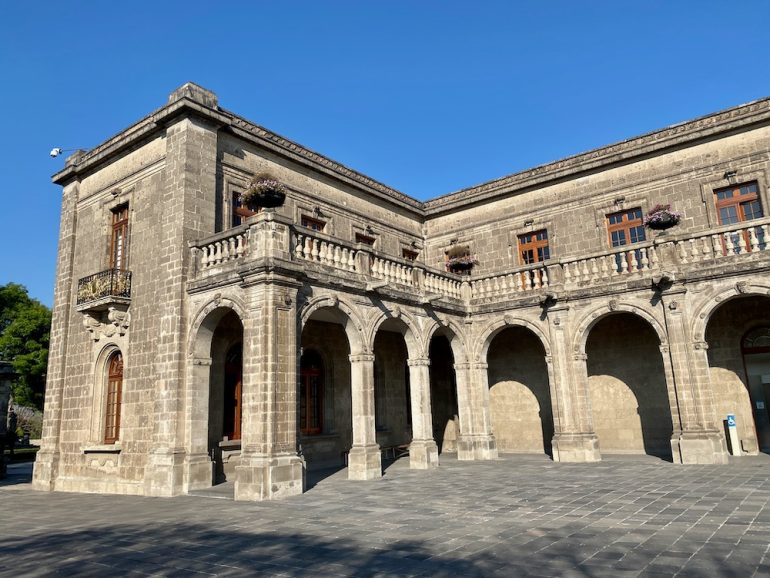
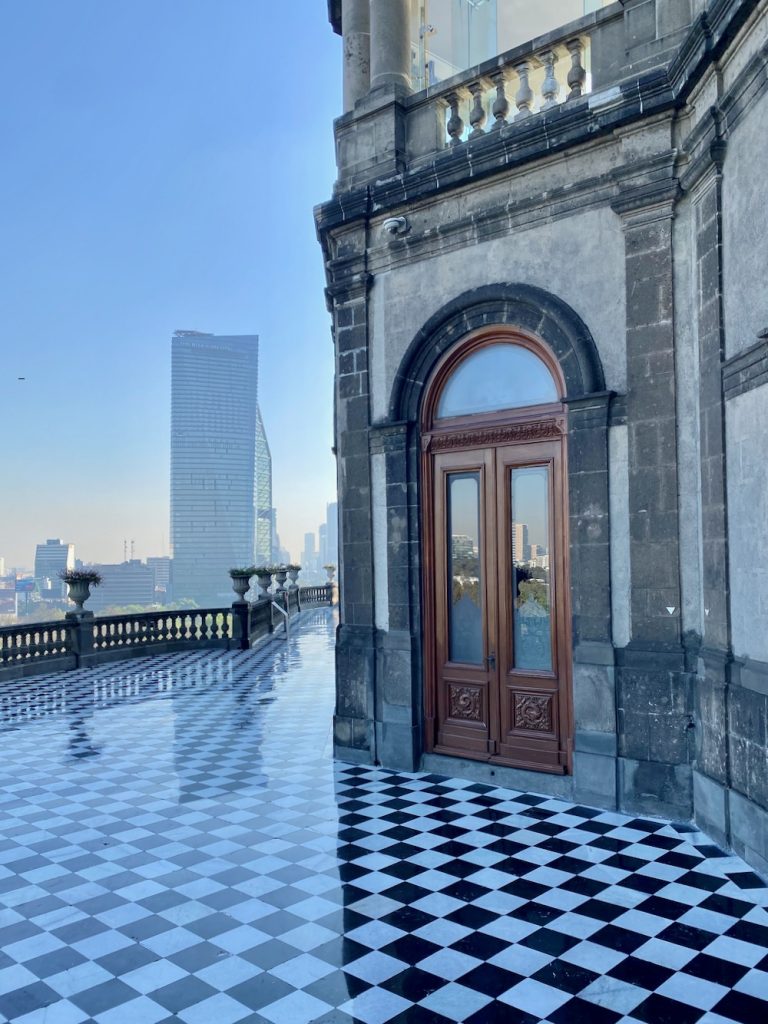
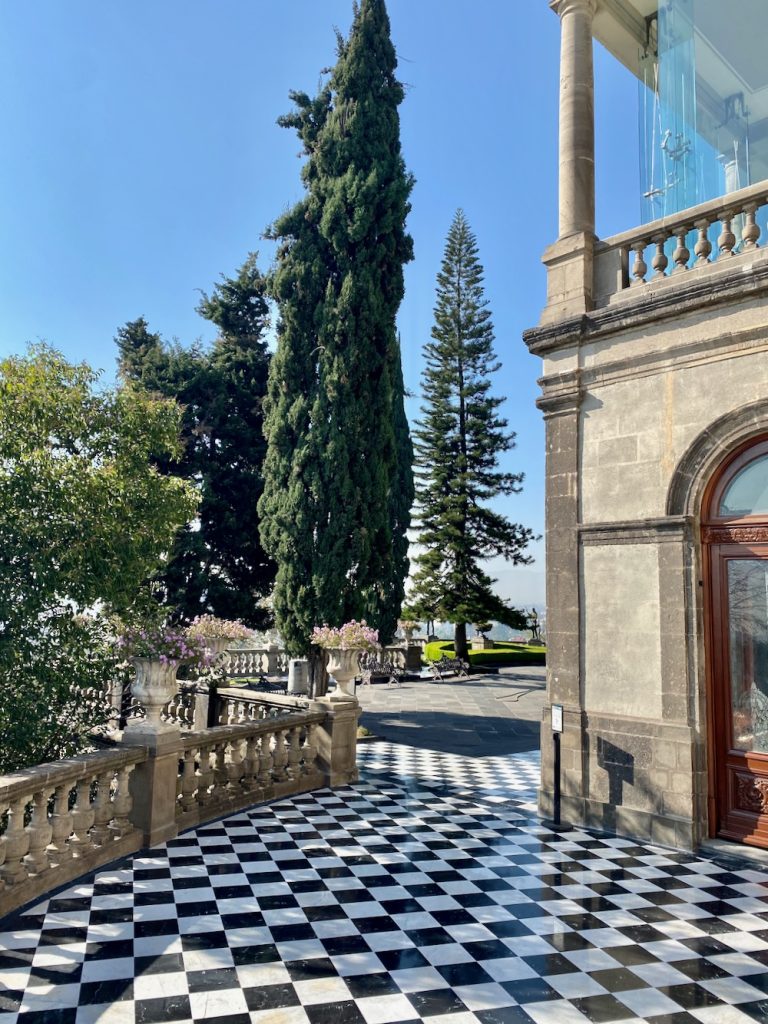
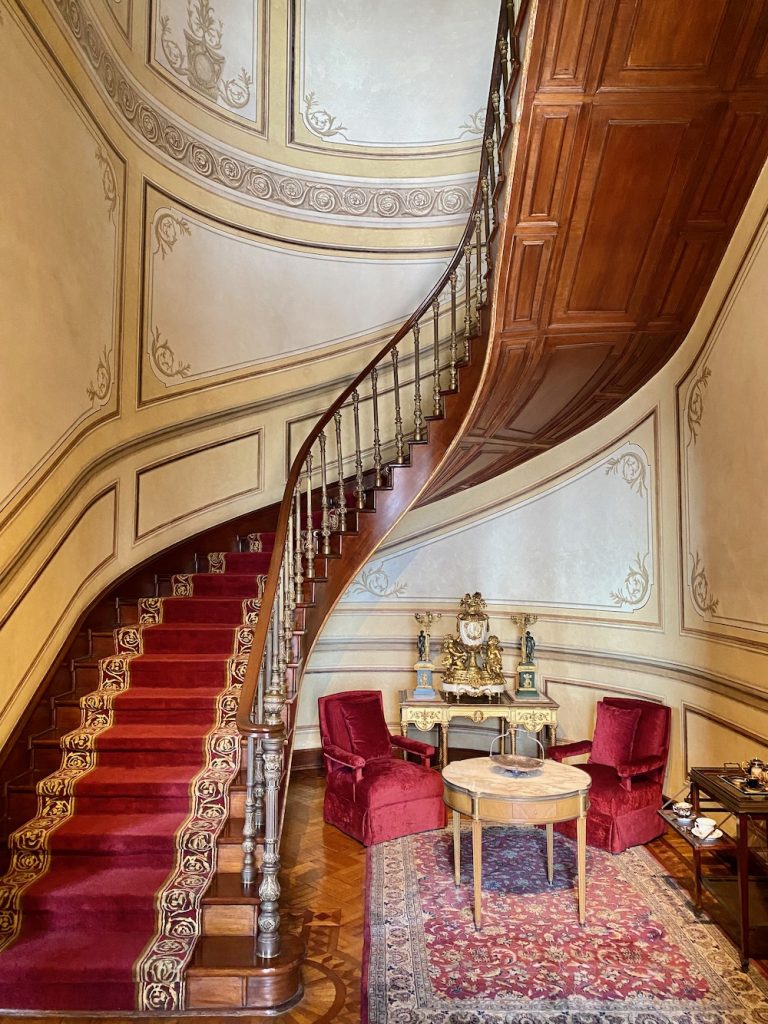
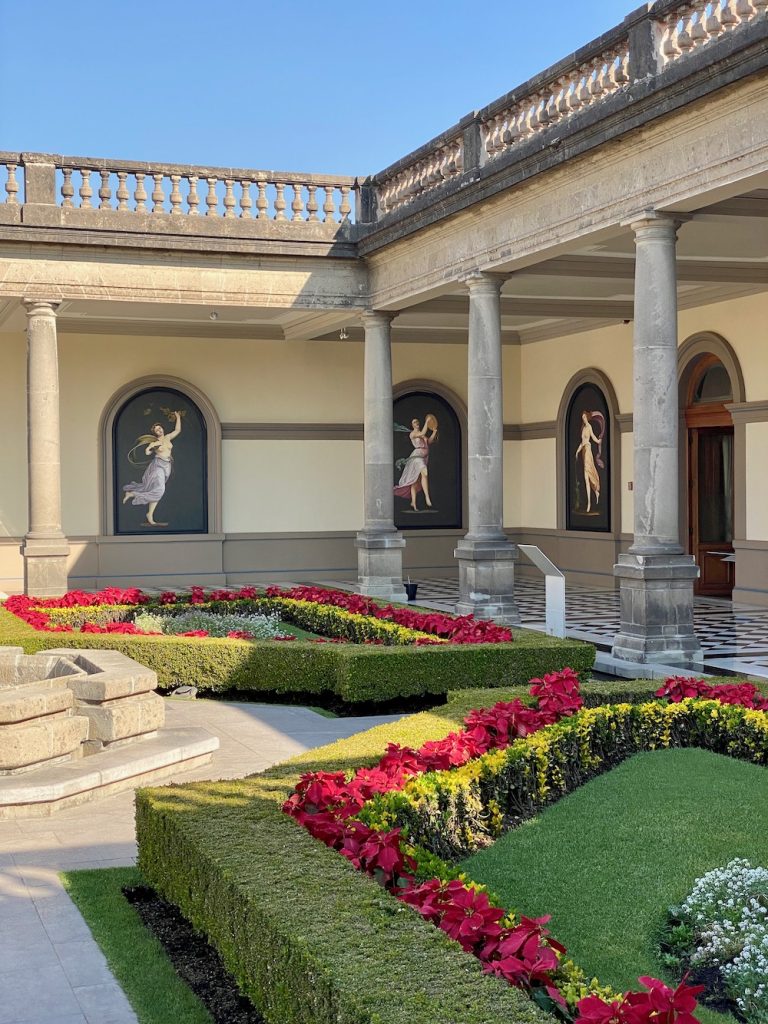
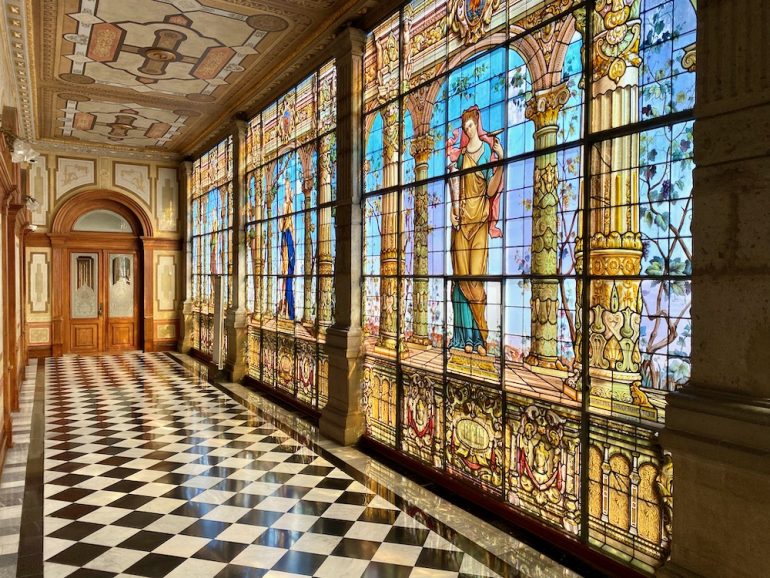
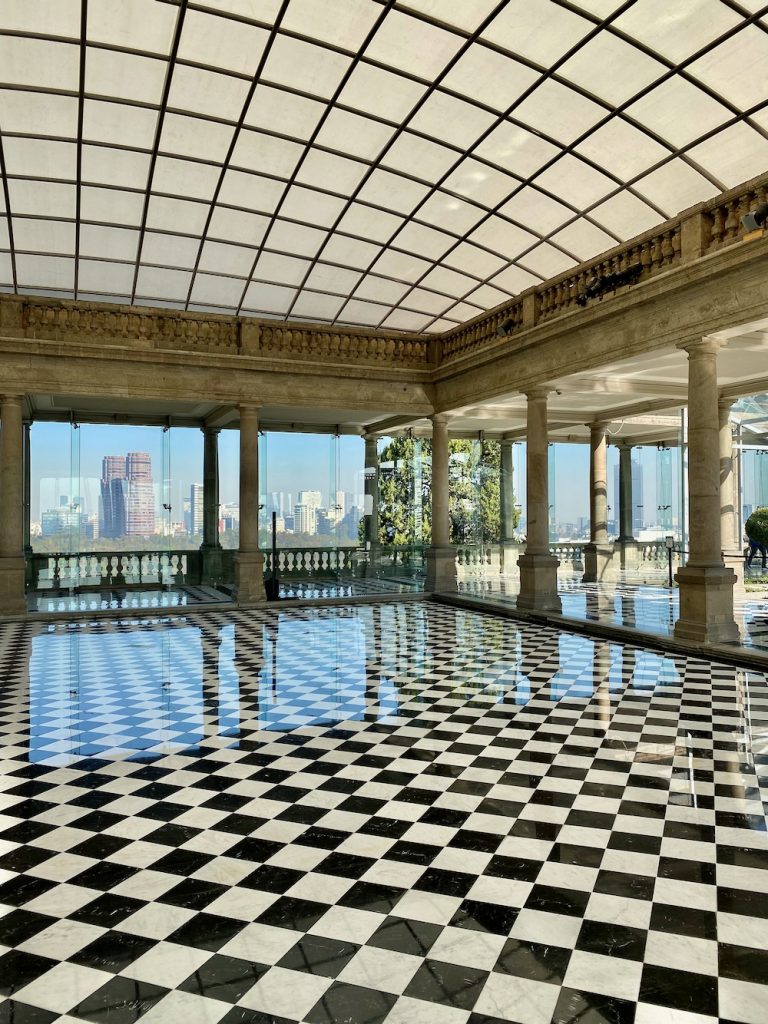
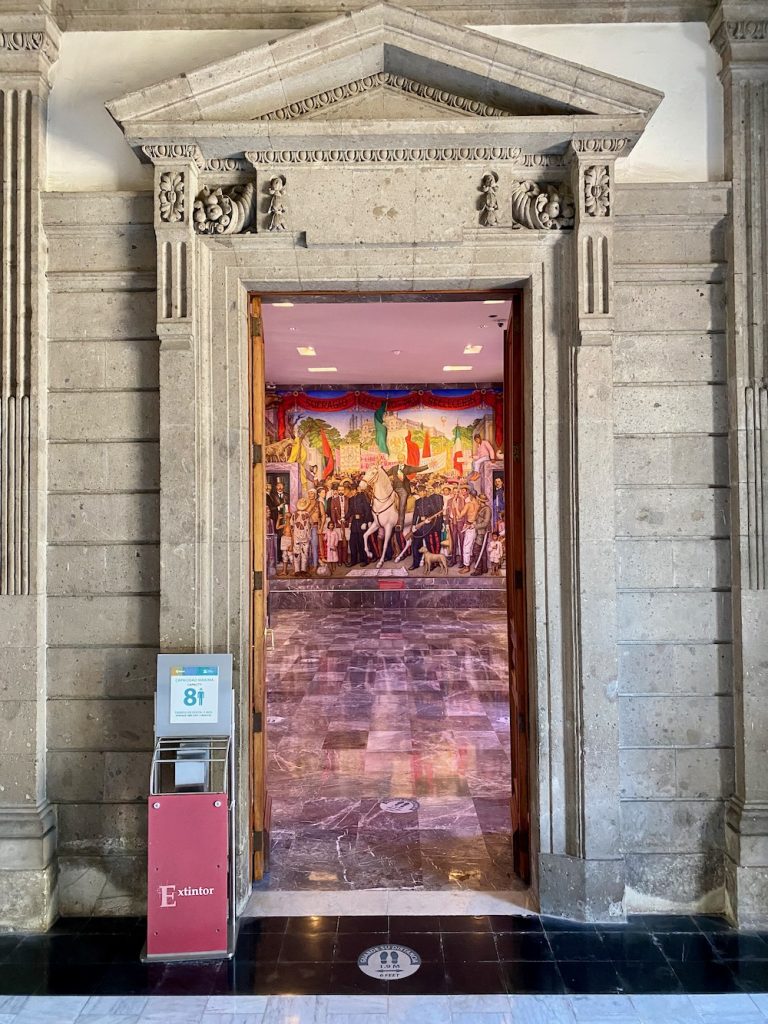 The morning we tried to go to the famous National Museum of Anthropology, we were waved away—many museums, we learned later, closed starting that day because of Covid-relating staffing problems. We were prepared to write it off till next trip when fate intervened: a woman with whom we rode a Ritz-Carlton elevator turned out to be an executive at the hotel, and she thought it so imperative that we see the museum that she arranged a private tour for us. (That’s hospitality.) The tour was fantastic, not just because the guide knew everything but only focused on the important parts—with impeccable clarity and analysis—but because the three of us had the museum to ourselves. It may have ruined all future museums for me. I didn’t take photos of the exhibits because I wasn’t sure we were allowed to, and I was trying to come off like an intelligent American who cares about more than a great Instagram post, but the architecture was irresistible. P..S. I recommend the excellent 2018 movie Museo, about two young men who stole some priceless artifacts from the museum in 1985.
The morning we tried to go to the famous National Museum of Anthropology, we were waved away—many museums, we learned later, closed starting that day because of Covid-relating staffing problems. We were prepared to write it off till next trip when fate intervened: a woman with whom we rode a Ritz-Carlton elevator turned out to be an executive at the hotel, and she thought it so imperative that we see the museum that she arranged a private tour for us. (That’s hospitality.) The tour was fantastic, not just because the guide knew everything but only focused on the important parts—with impeccable clarity and analysis—but because the three of us had the museum to ourselves. It may have ruined all future museums for me. I didn’t take photos of the exhibits because I wasn’t sure we were allowed to, and I was trying to come off like an intelligent American who cares about more than a great Instagram post, but the architecture was irresistible. P..S. I recommend the excellent 2018 movie Museo, about two young men who stole some priceless artifacts from the museum in 1985.
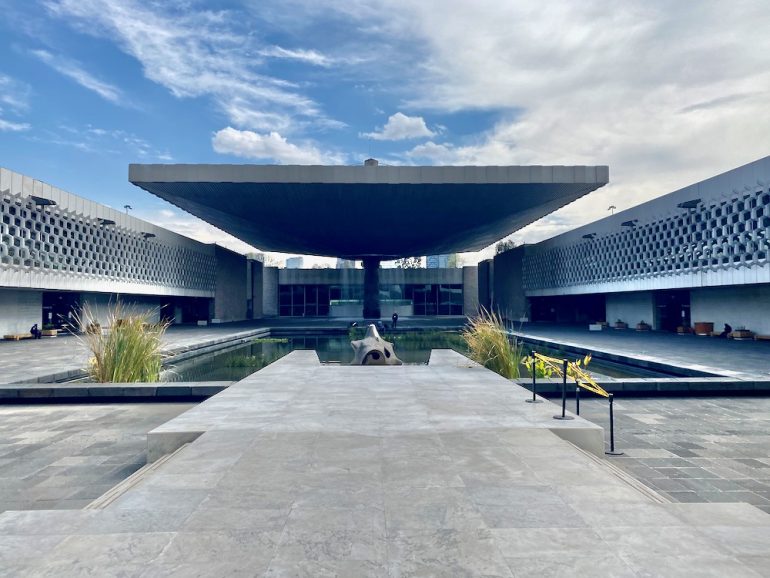
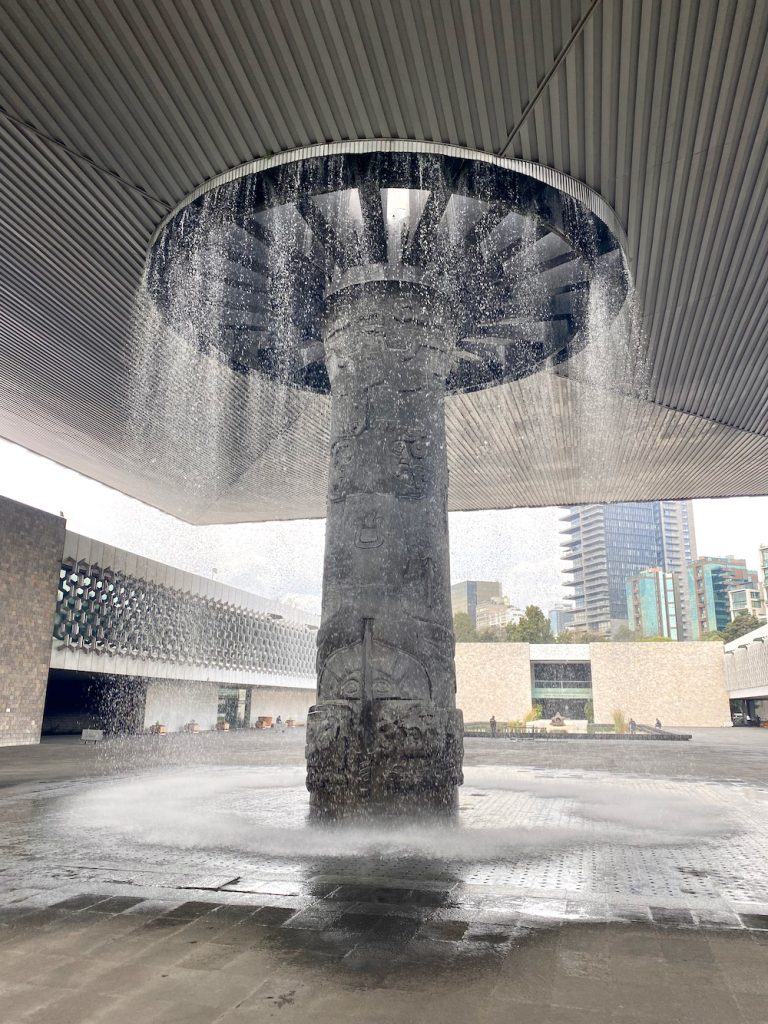 Not to court controversy, but the Frida Kahlo Museum was a grind. The property itself is marvelous—check out the frog mosaic in the fountain—but every room was packed with people waiting to proceed to the next gallery. And while I admire Kahlo’s art, I find the cult of personality that has built up around her to be a little creepy. The Leon Trotsky House Museum struck me the same way: where and how he lived is less interesting than his life’s work. Also, I should’ve reread Barbara Kingsolver’s The Lacuna beforehand.
Not to court controversy, but the Frida Kahlo Museum was a grind. The property itself is marvelous—check out the frog mosaic in the fountain—but every room was packed with people waiting to proceed to the next gallery. And while I admire Kahlo’s art, I find the cult of personality that has built up around her to be a little creepy. The Leon Trotsky House Museum struck me the same way: where and how he lived is less interesting than his life’s work. Also, I should’ve reread Barbara Kingsolver’s The Lacuna beforehand.
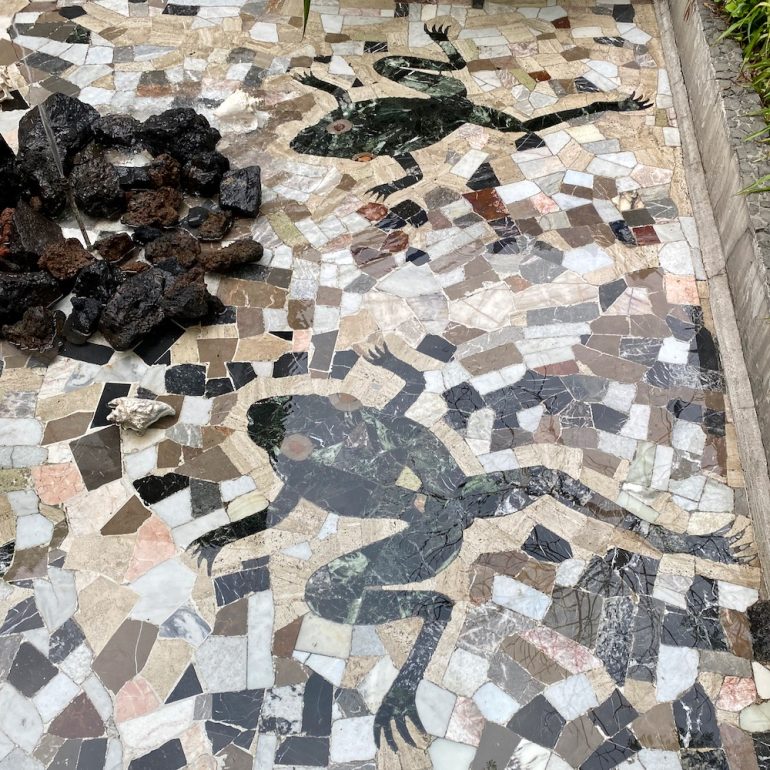
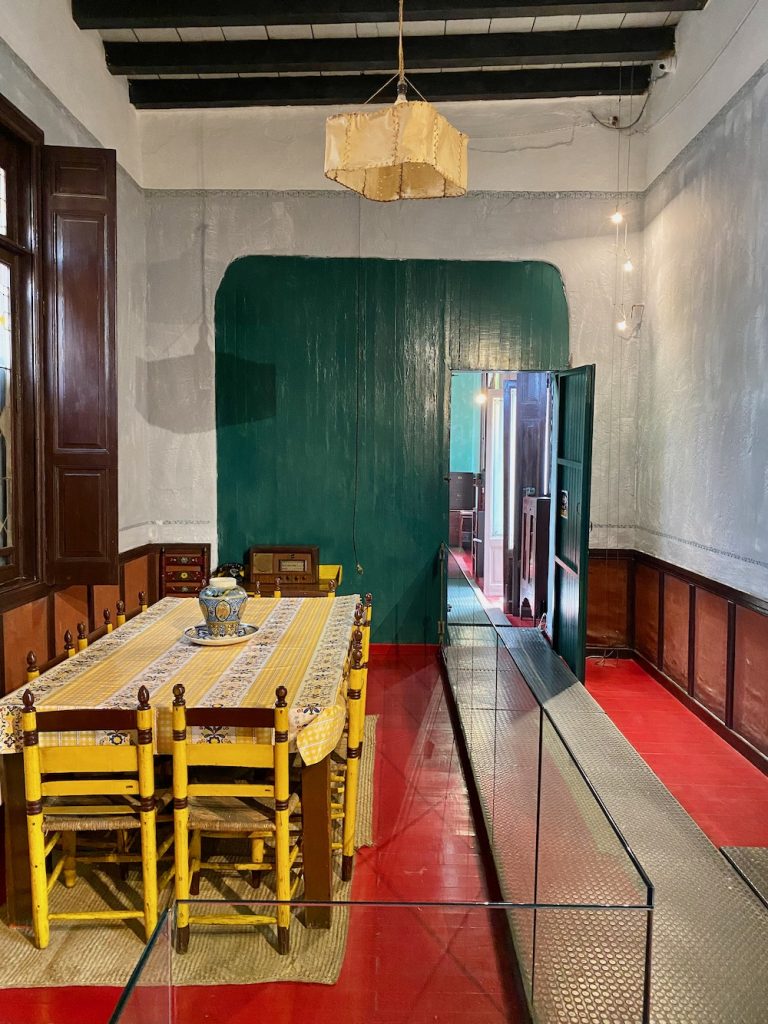 The highlight of the trip was Casa Orgánica, a house that architect Javier Senosiain built for himself in 1985 and subsequently expanded. It’s a half-hour drive outside the city, but it feels like a another world. We were sure that we had really discovered something, only to learn that everyone has apparently seen it on Instagram.
The highlight of the trip was Casa Orgánica, a house that architect Javier Senosiain built for himself in 1985 and subsequently expanded. It’s a half-hour drive outside the city, but it feels like a another world. We were sure that we had really discovered something, only to learn that everyone has apparently seen it on Instagram.
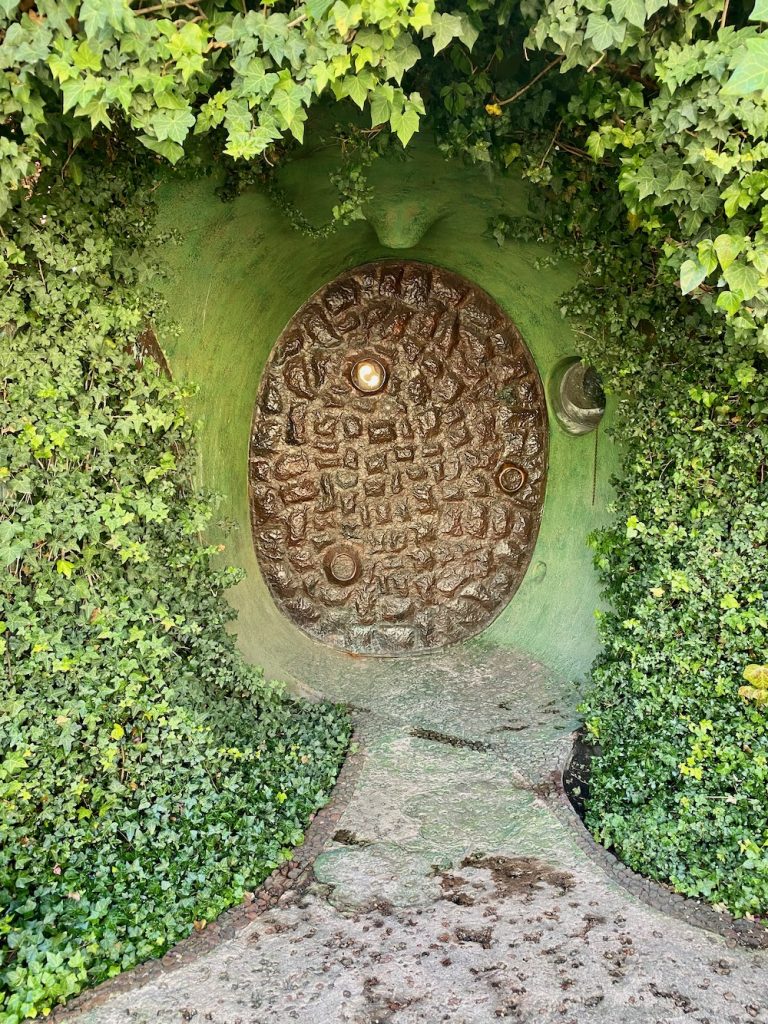

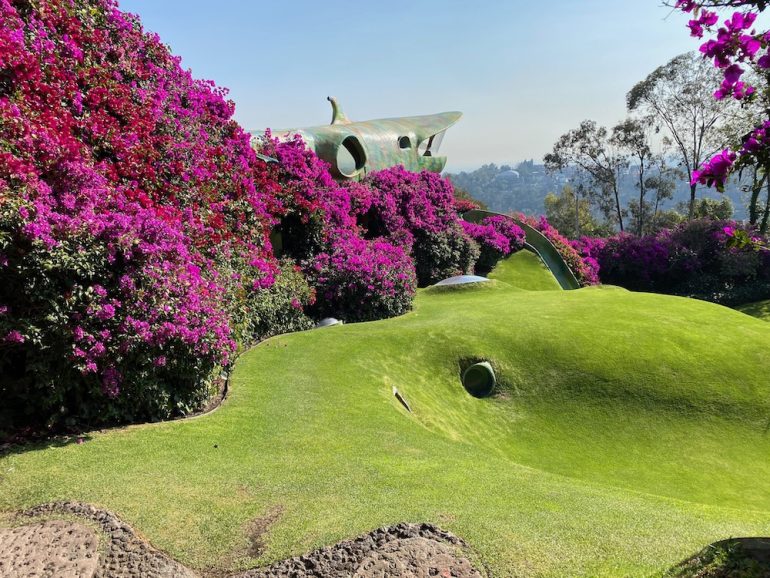
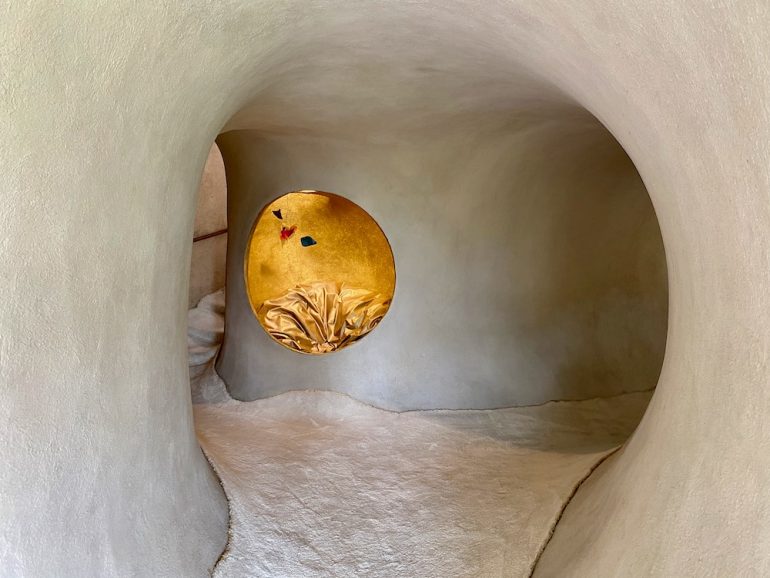
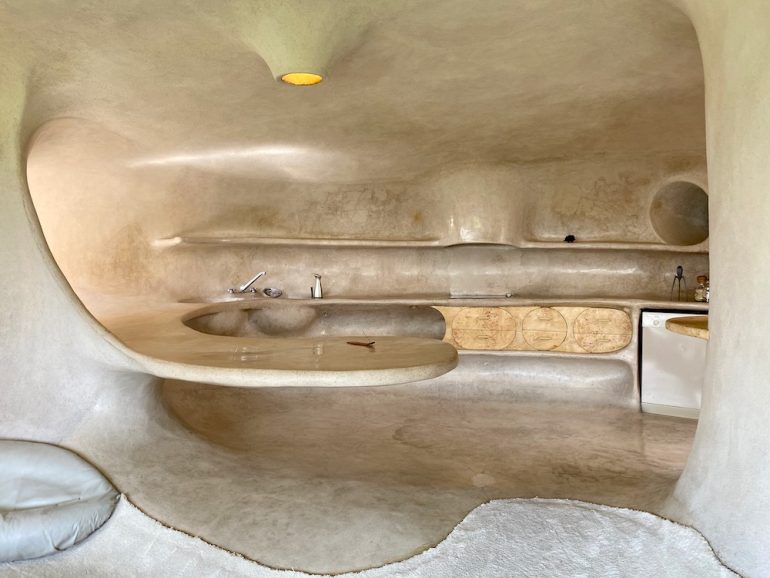
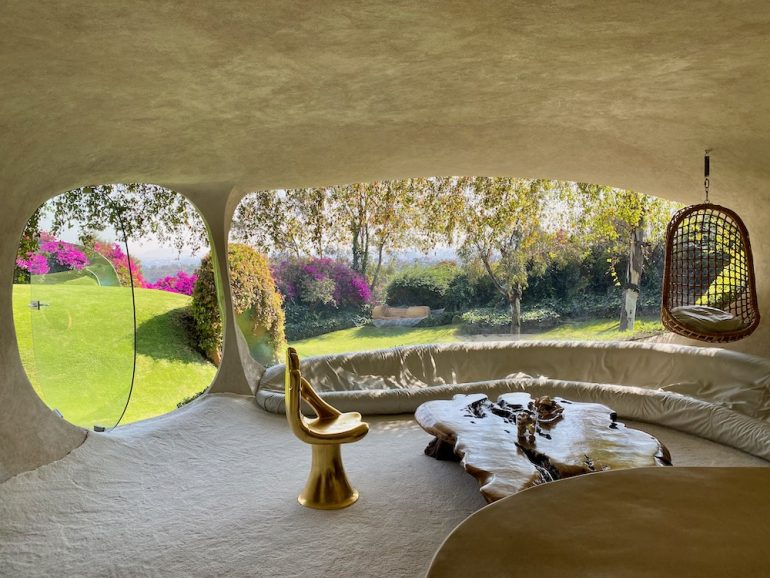
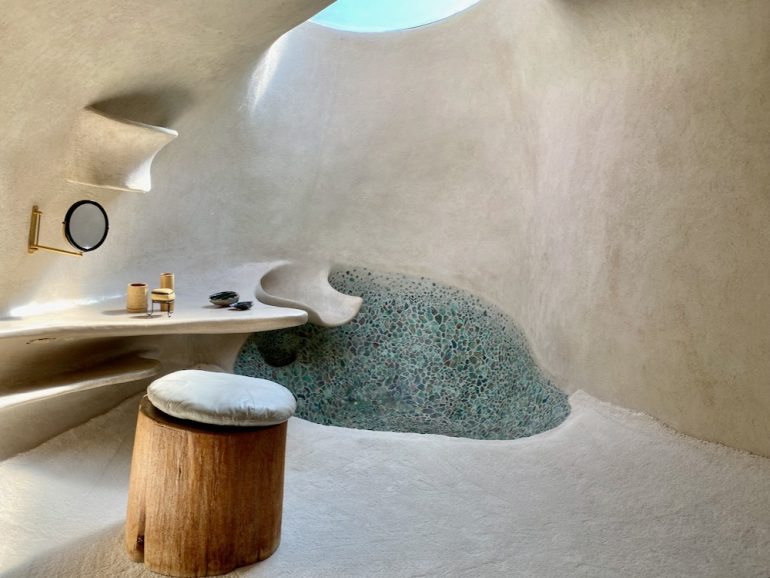
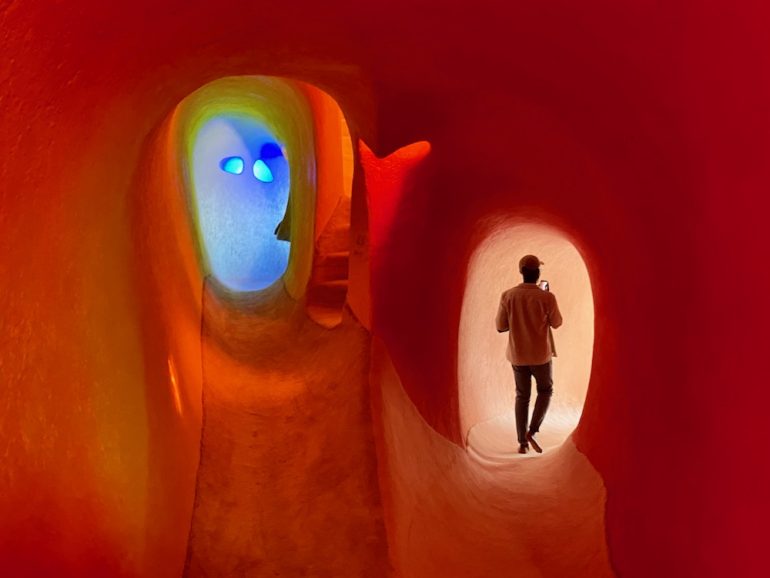
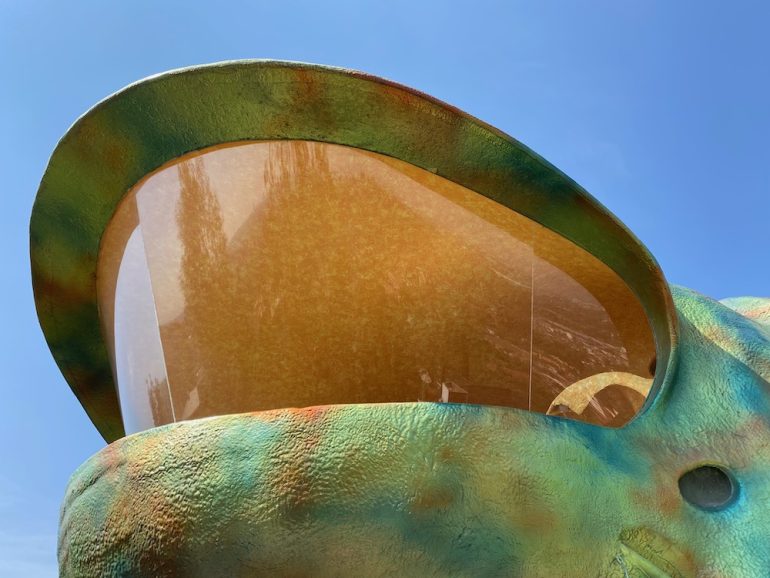
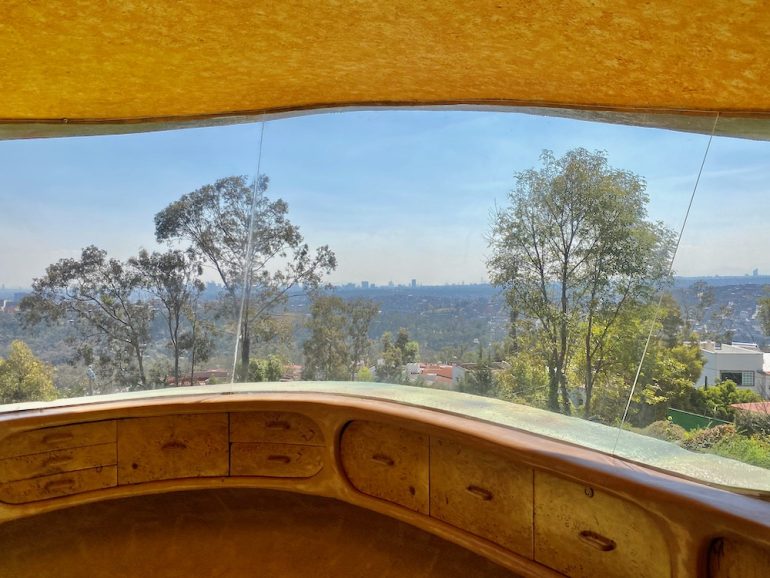 We even spotted Senosiain walking the grounds. He doesn’t live there anymore, but he needed to stop by to oversee the landscapers. Starchitects—they’re just like us!
We even spotted Senosiain walking the grounds. He doesn’t live there anymore, but he needed to stop by to oversee the landscapers. Starchitects—they’re just like us!
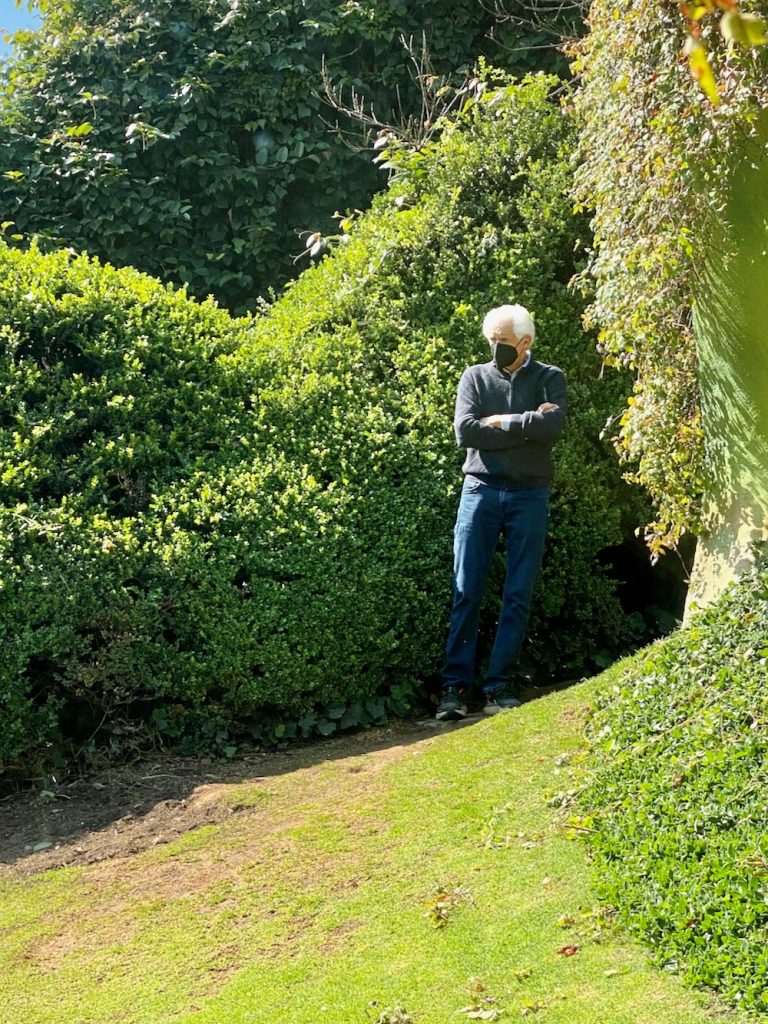 We had hired a driver, Pancho, to take us to Casa Orgánica and elsewhere for the day, but it turned out Uber would have worked fine. Nonetheless, Pancho ended up being a huge bonus, because he pulled a string and got us onto a tour of Luis Barragán’s Casa Giraldi. You have to pay more to take photos of Casa Giraldi, and at first, I wasn’t willing to pony up; the initial rooms are a little tired. Then you enter a dazzling yellow hallway—Barragán had the glass painted—which leads to a courtyard and the out-of-this-world indoor swimming pool. (If you like architecture, I strongly recommend engaging Pancho to help you figure out what to see and how to see it. Let me know if you’d like his contact info.)
We had hired a driver, Pancho, to take us to Casa Orgánica and elsewhere for the day, but it turned out Uber would have worked fine. Nonetheless, Pancho ended up being a huge bonus, because he pulled a string and got us onto a tour of Luis Barragán’s Casa Giraldi. You have to pay more to take photos of Casa Giraldi, and at first, I wasn’t willing to pony up; the initial rooms are a little tired. Then you enter a dazzling yellow hallway—Barragán had the glass painted—which leads to a courtyard and the out-of-this-world indoor swimming pool. (If you like architecture, I strongly recommend engaging Pancho to help you figure out what to see and how to see it. Let me know if you’d like his contact info.)
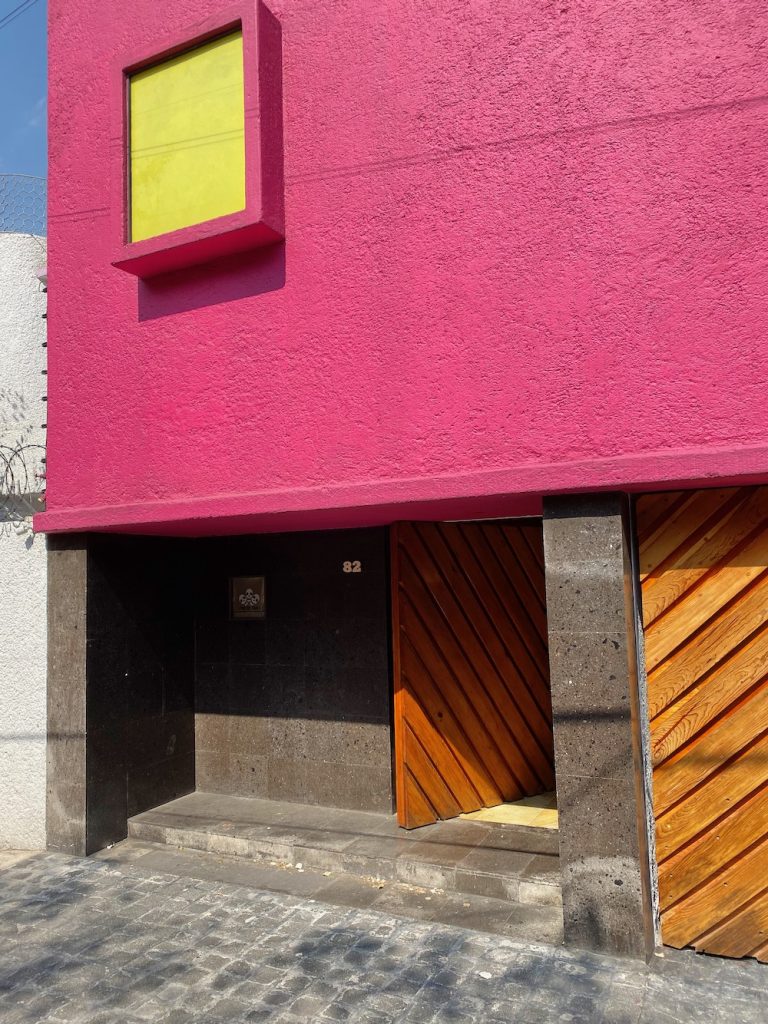
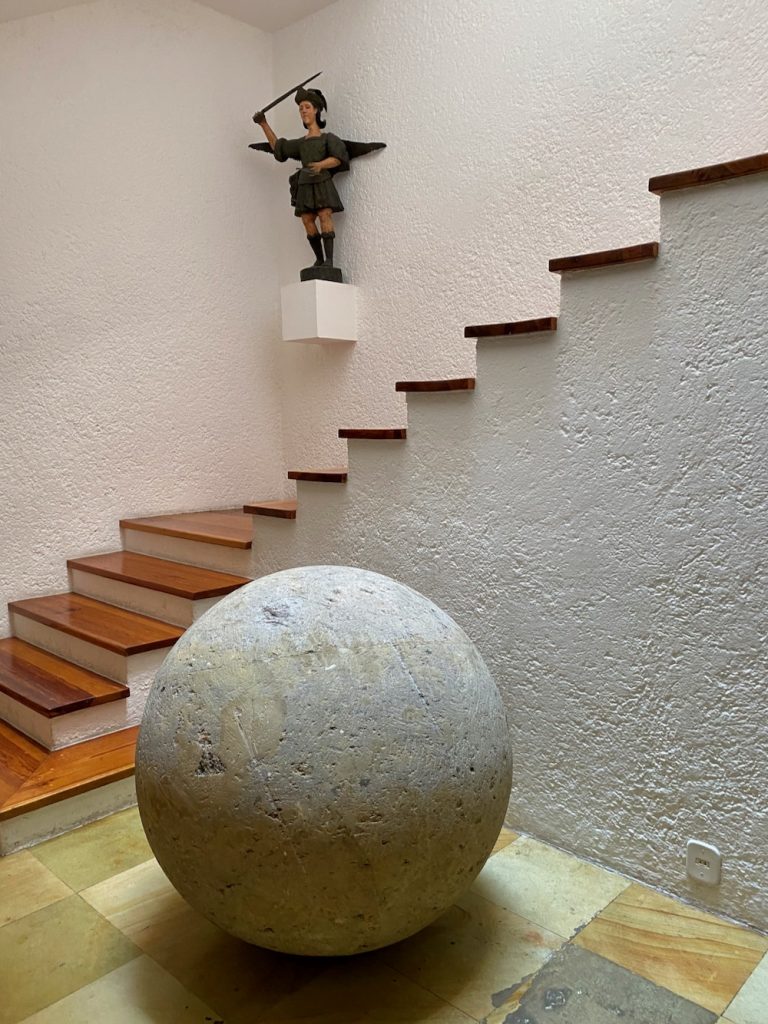

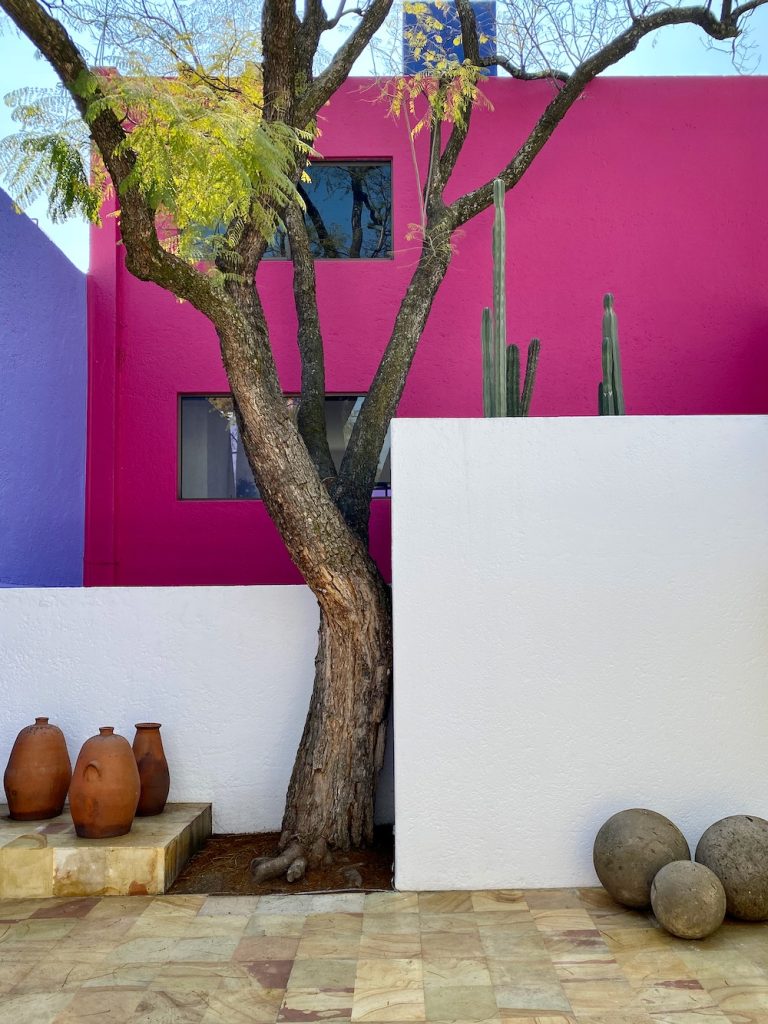
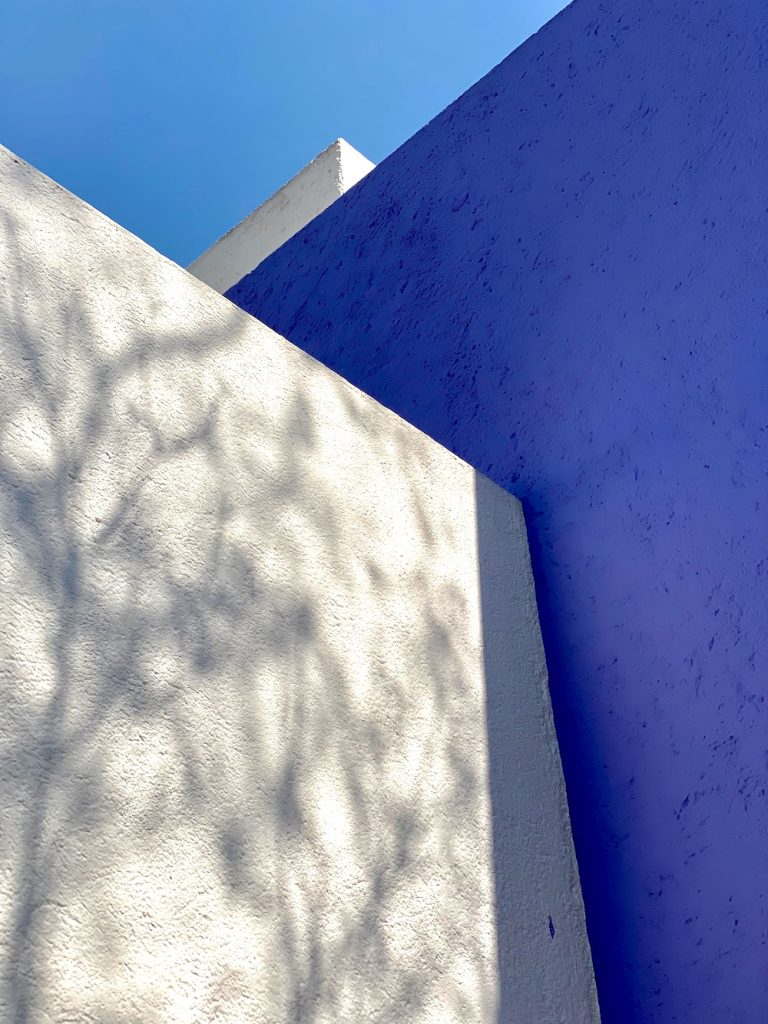
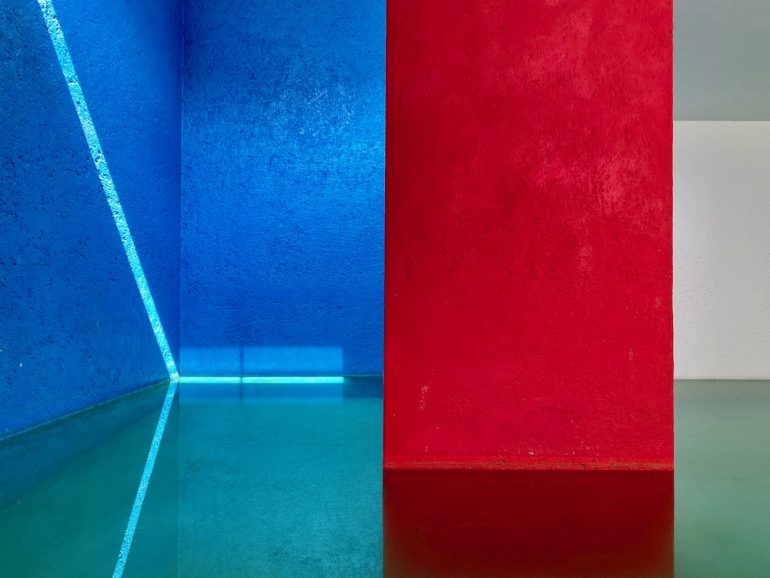
 One of the main reasons we went to CDMX—one of the main reasons we go anywhere—was to eat. The city has the reputation as an outstanding food scene, and sure enough, nearly everything we ate was very good. But no restaurant really nailed it. Pujol is widely agreed to be the best in town, and it was a treat to be somewhere so handsome and well-run. While we enjoyed the food, particularly the mole and the churro, it was less interesting than at Pujol’s more casual restaurant in New York, Atla. Next time, we’d opt for the special taco tasting menu and order a bottle of wine instead of glasses—the servers don’t tell you the prices of glasses and we ended up feeling a bit rooked.
One of the main reasons we went to CDMX—one of the main reasons we go anywhere—was to eat. The city has the reputation as an outstanding food scene, and sure enough, nearly everything we ate was very good. But no restaurant really nailed it. Pujol is widely agreed to be the best in town, and it was a treat to be somewhere so handsome and well-run. While we enjoyed the food, particularly the mole and the churro, it was less interesting than at Pujol’s more casual restaurant in New York, Atla. Next time, we’d opt for the special taco tasting menu and order a bottle of wine instead of glasses—the servers don’t tell you the prices of glasses and we ended up feeling a bit rooked.
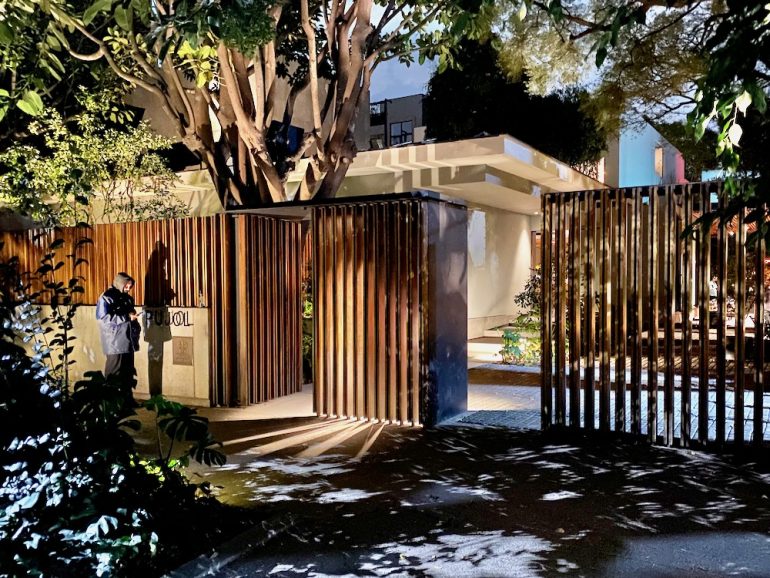
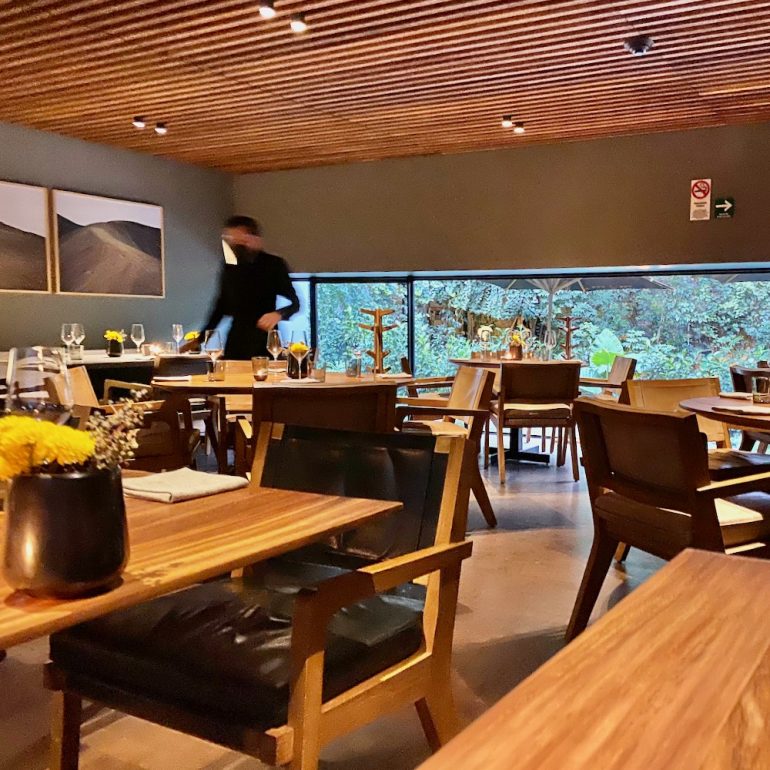
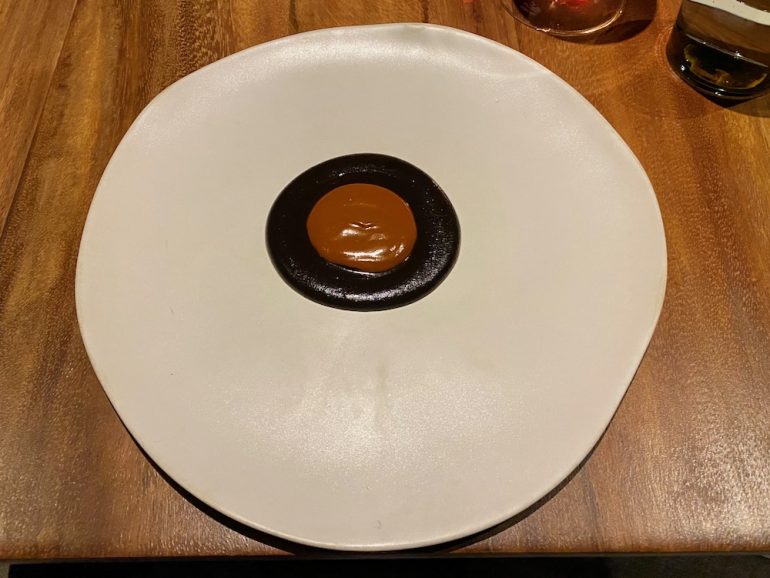
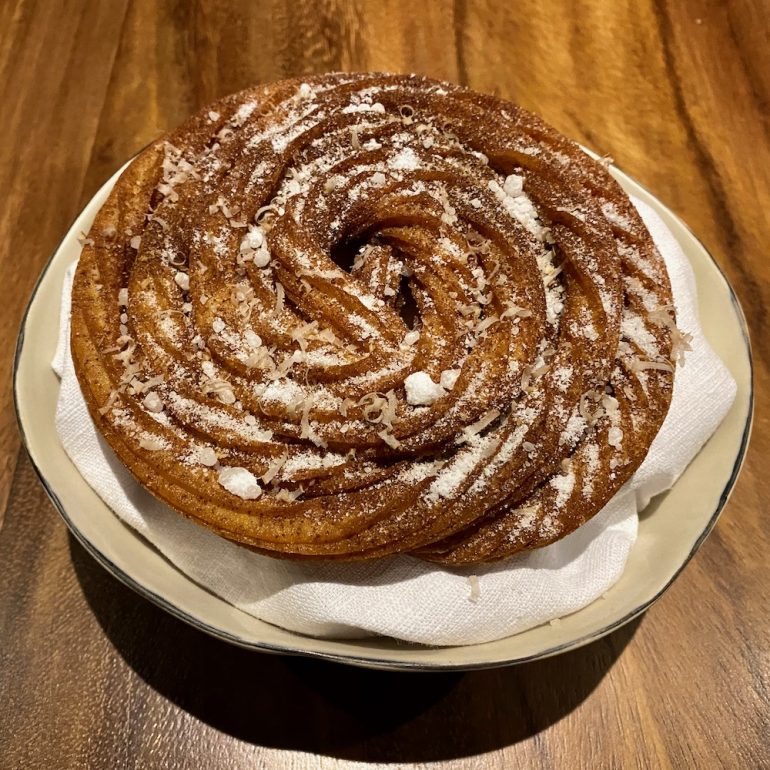
For me, the perfect CDMX restaurant would have the polish of Pujol, but food as imaginative as at Rosetta, a restaurant that’s as pretty as it is chaotic. The second photo is of “Savoy cabbage, pistachio pipián, and romerito tacos.”
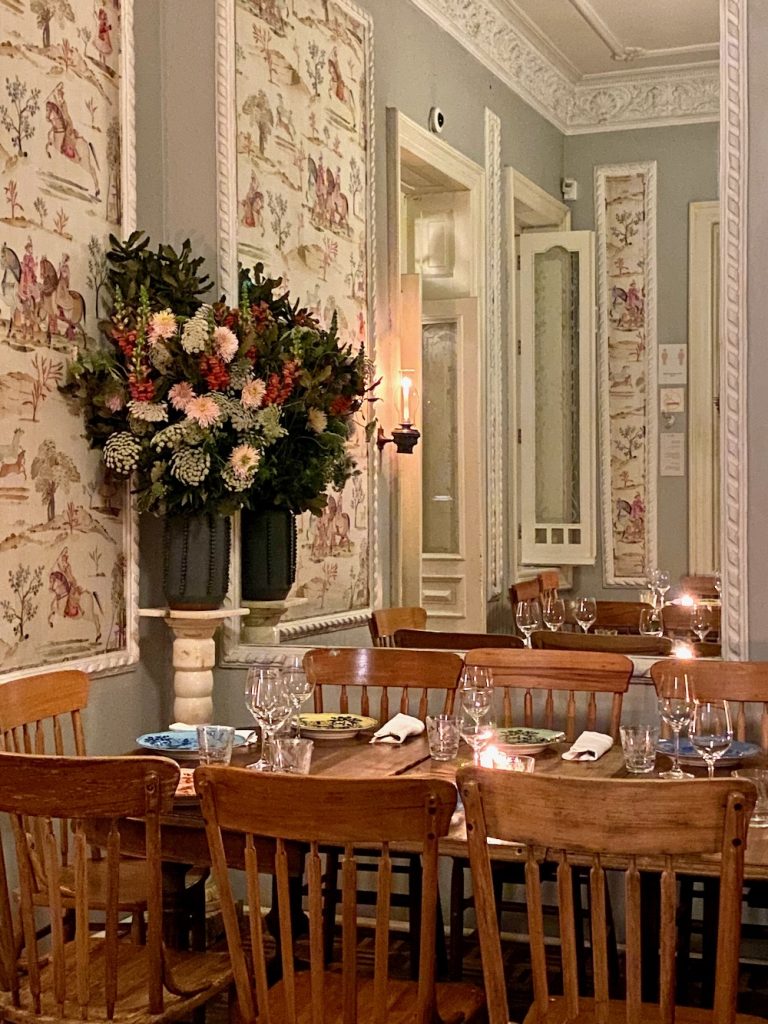
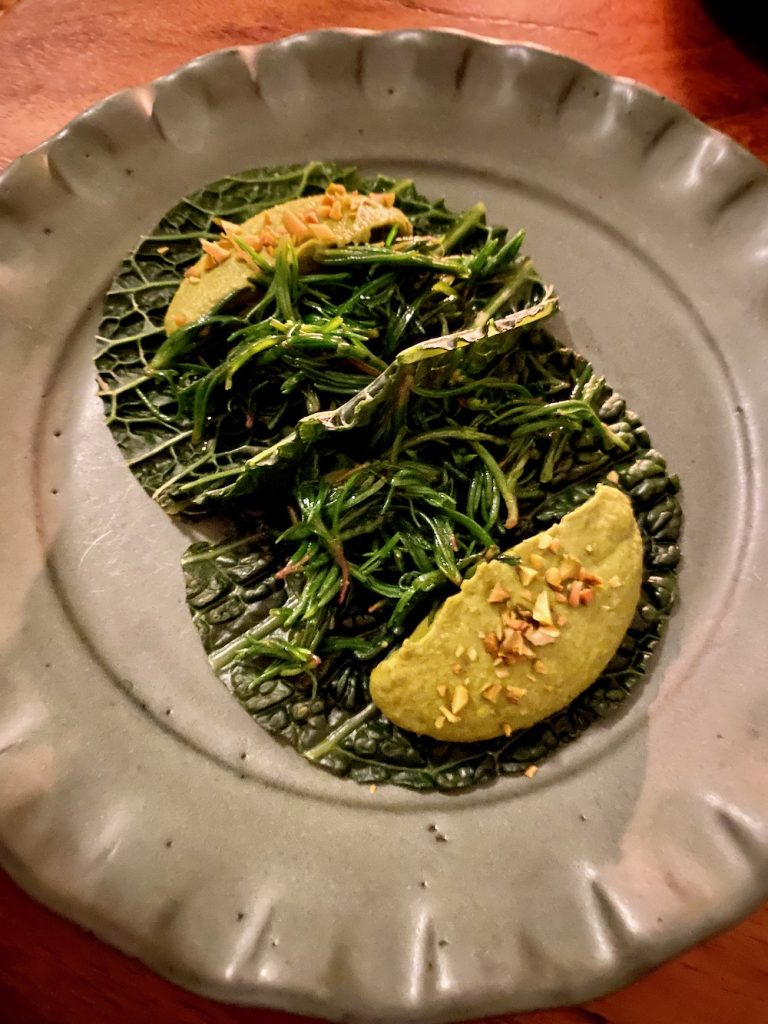 And my dream restaurant would either have the Williamsburg-y buzz of Sartoria or the low-key cool of Superette or Loup Bar.
And my dream restaurant would either have the Williamsburg-y buzz of Sartoria or the low-key cool of Superette or Loup Bar.
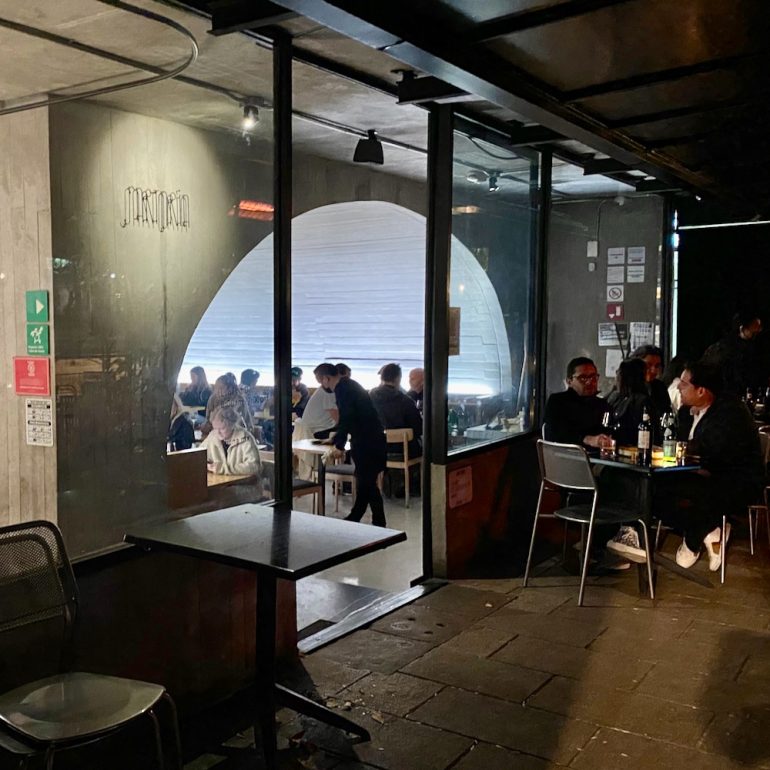
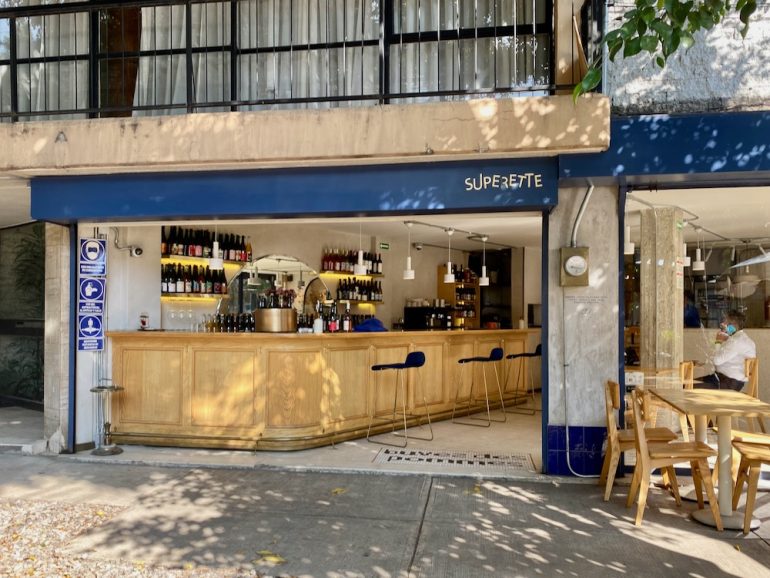
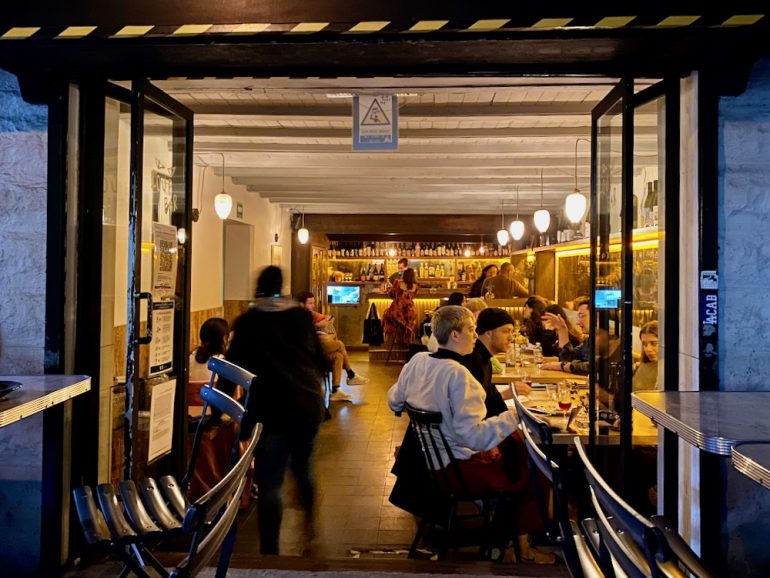 Since I’m dreaming, perhaps it could offer the value of Taquería Orinoco.
Since I’m dreaming, perhaps it could offer the value of Taquería Orinoco.

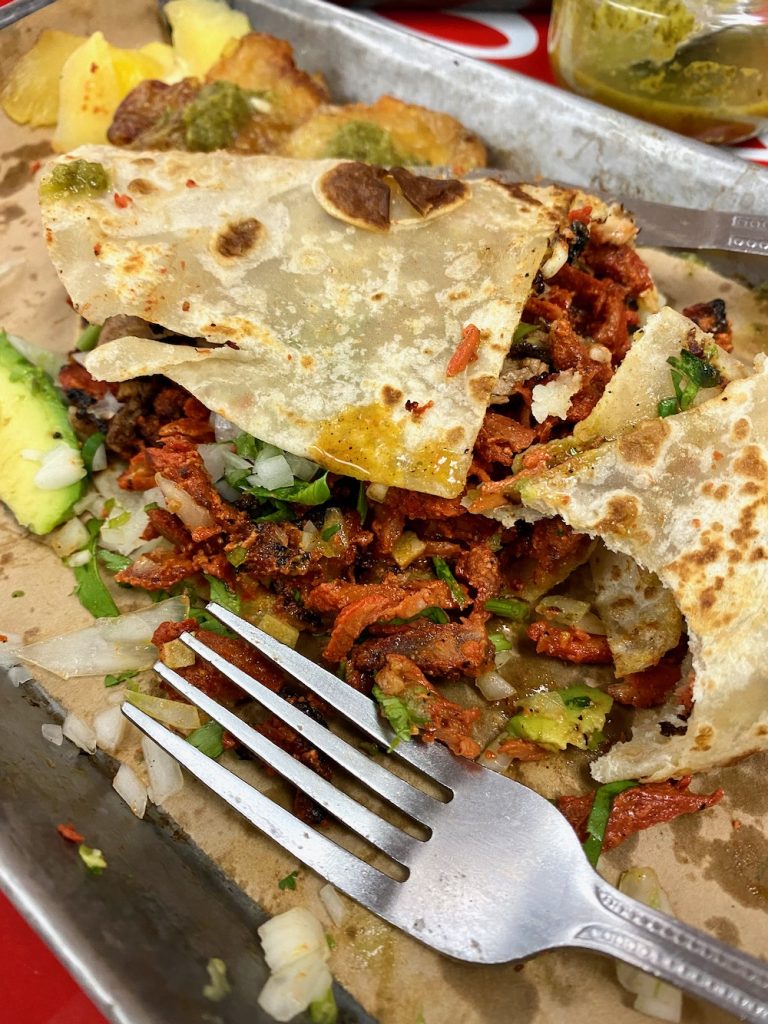 One place recommended by several people was Máximo Bistrot, and the room is certainly impressive, if you ignore all the dead geraniums. Only the fish entrée struck us as special, however, and when I order a Caesar salad, I think it’s fair to be warned that it’s blanketed in roast pork.
One place recommended by several people was Máximo Bistrot, and the room is certainly impressive, if you ignore all the dead geraniums. Only the fish entrée struck us as special, however, and when I order a Caesar salad, I think it’s fair to be warned that it’s blanketed in roast pork.
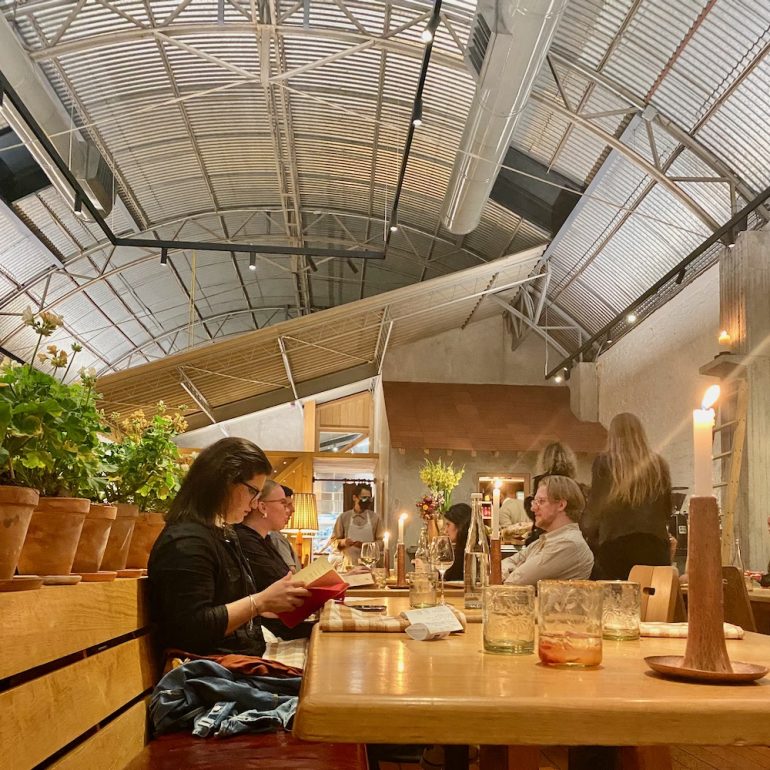
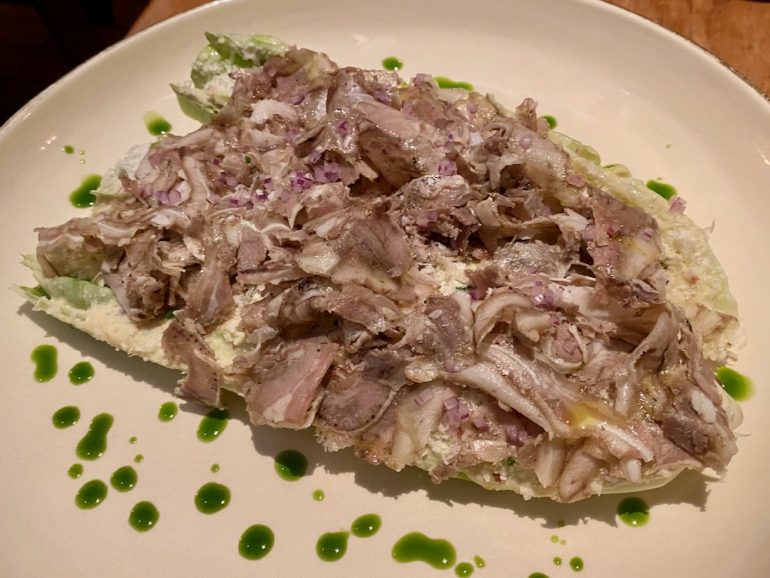 The most satisfying food-related experience was Casa Jacaranda‘s market tour, cooking class, and lunch. Jorge led us on an informative and entertaining tour of the Mercado de Medellín, where we sampled here and there, and when we expressed interest in the fruit known as mamey, he bought one to have later.
The most satisfying food-related experience was Casa Jacaranda‘s market tour, cooking class, and lunch. Jorge led us on an informative and entertaining tour of the Mercado de Medellín, where we sampled here and there, and when we expressed interest in the fruit known as mamey, he bought one to have later.
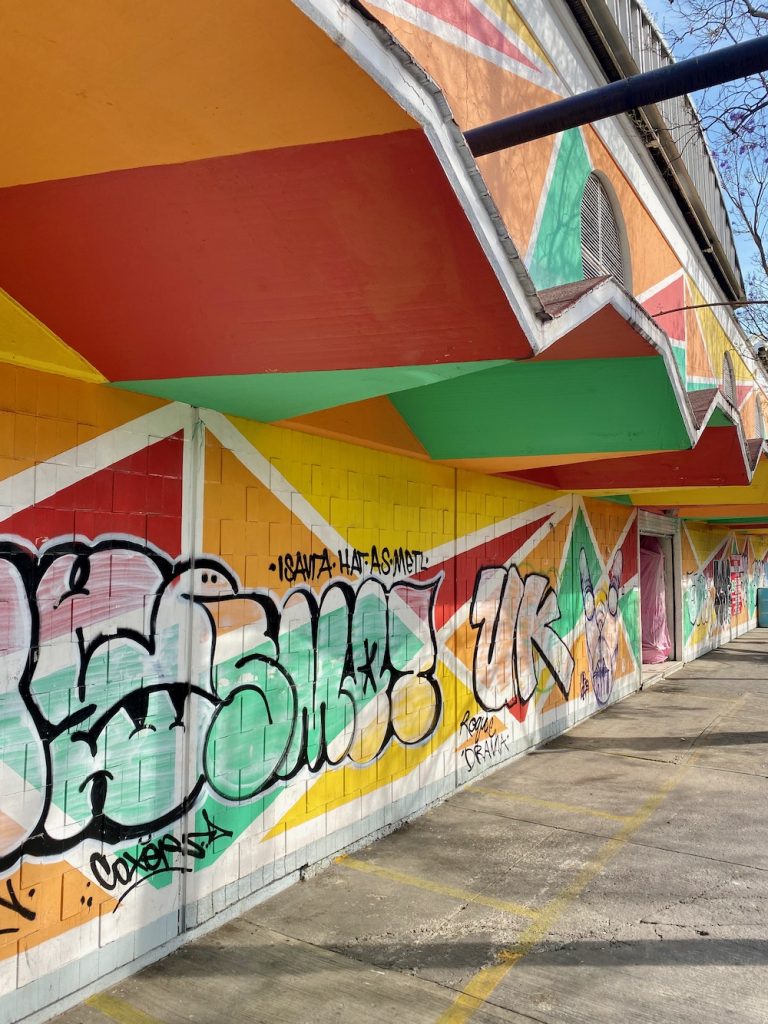

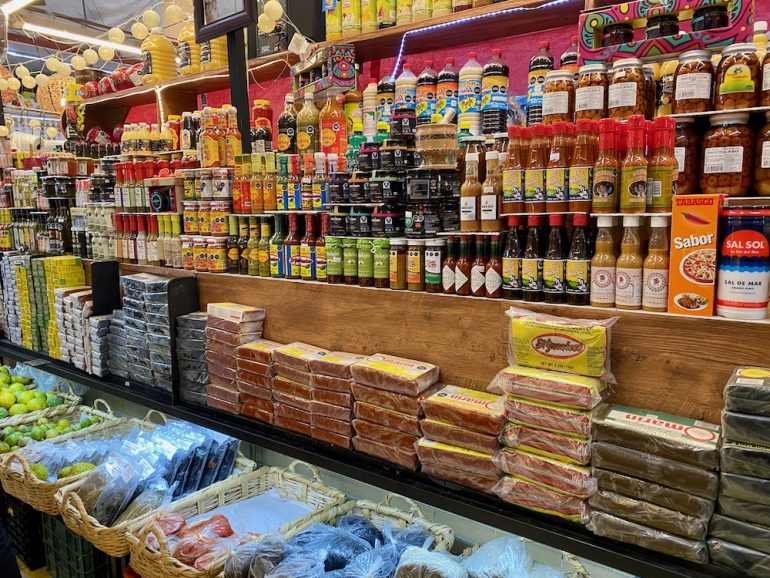
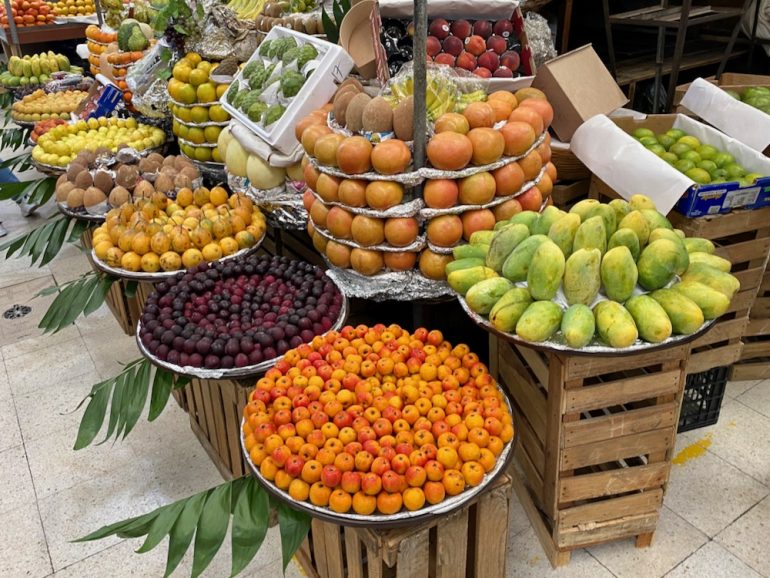
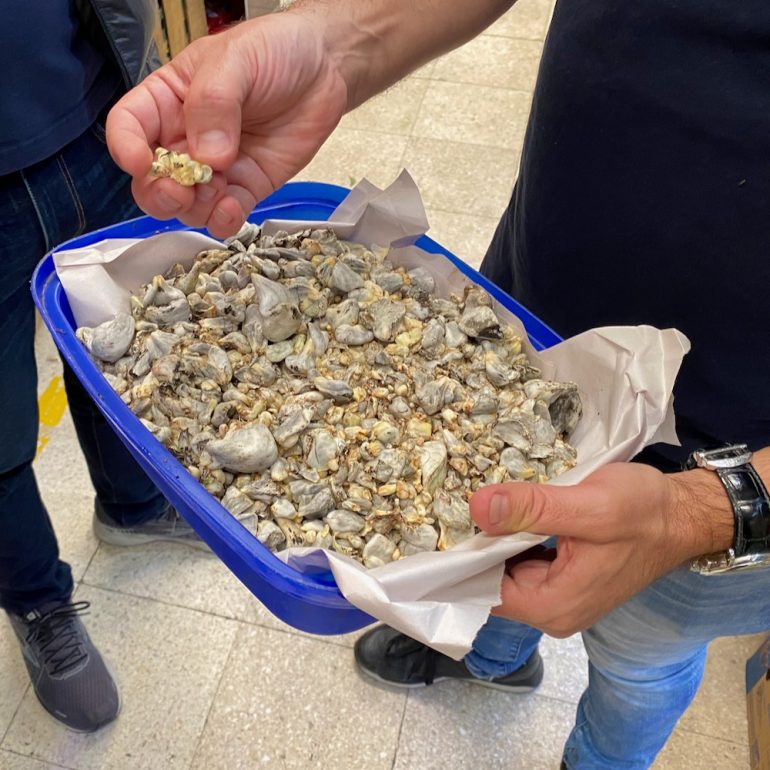
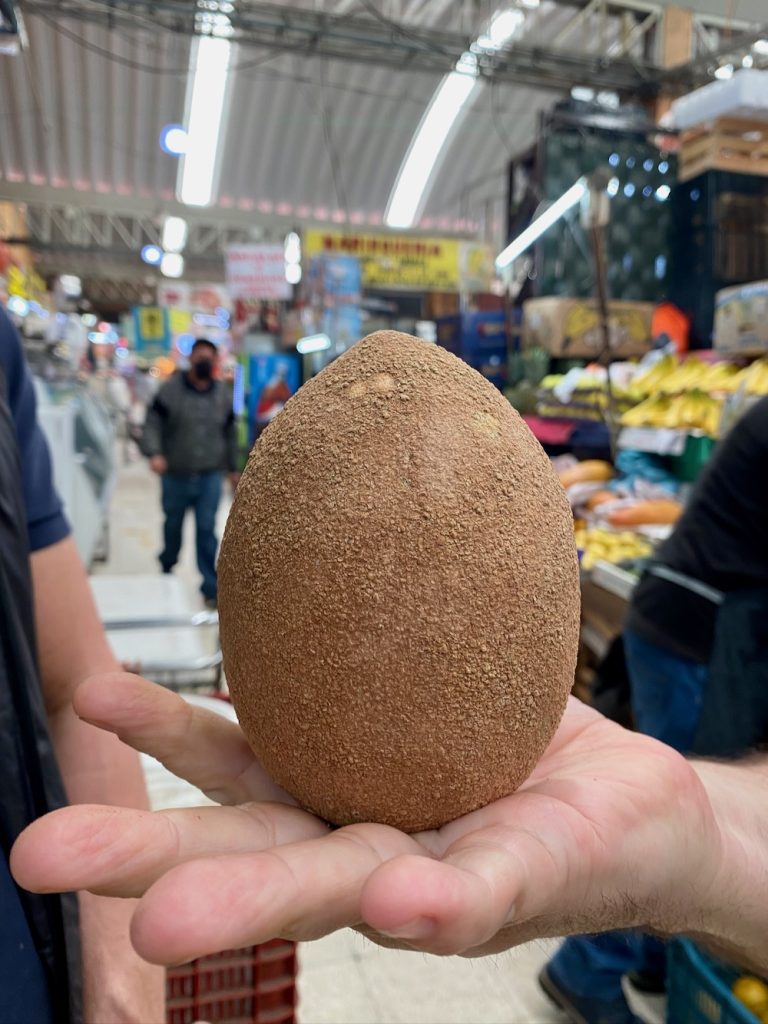 After the market, we stopped by Dichoso Cacao for a chocolate sampling; Adam and I bought a lot of chocolate and some cacao beans, which we have no idea what to do with. (Earlier in the trip, we also has excellent hot chocolate at La Rifa.)
After the market, we stopped by Dichoso Cacao for a chocolate sampling; Adam and I bought a lot of chocolate and some cacao beans, which we have no idea what to do with. (Earlier in the trip, we also has excellent hot chocolate at La Rifa.)
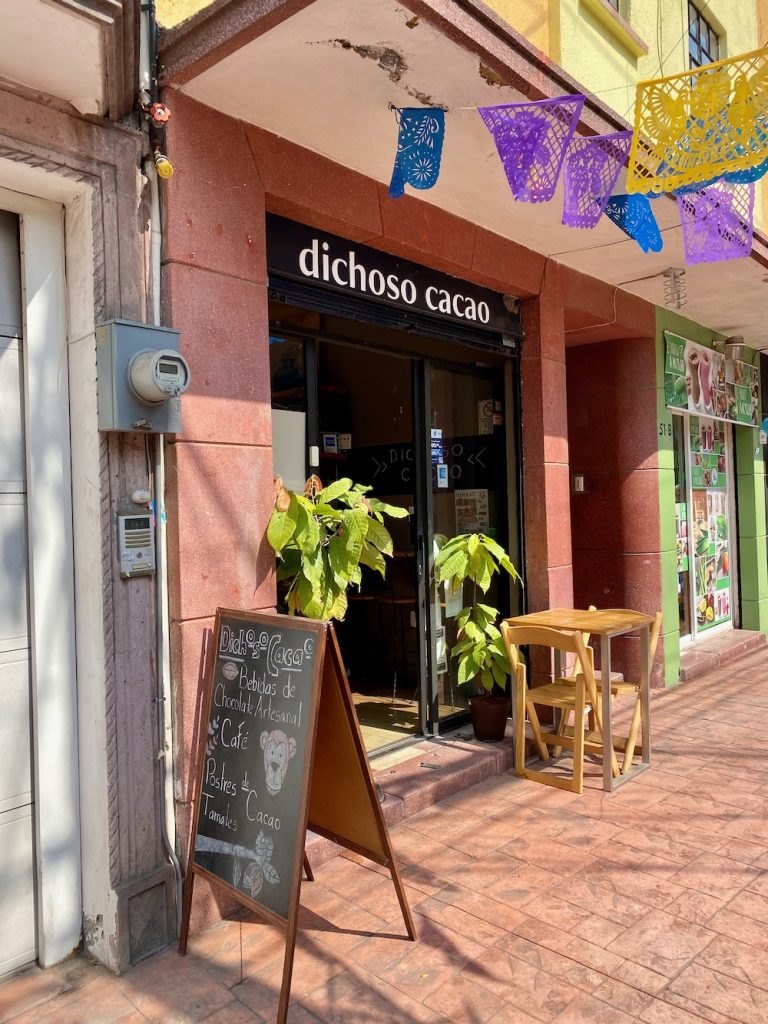
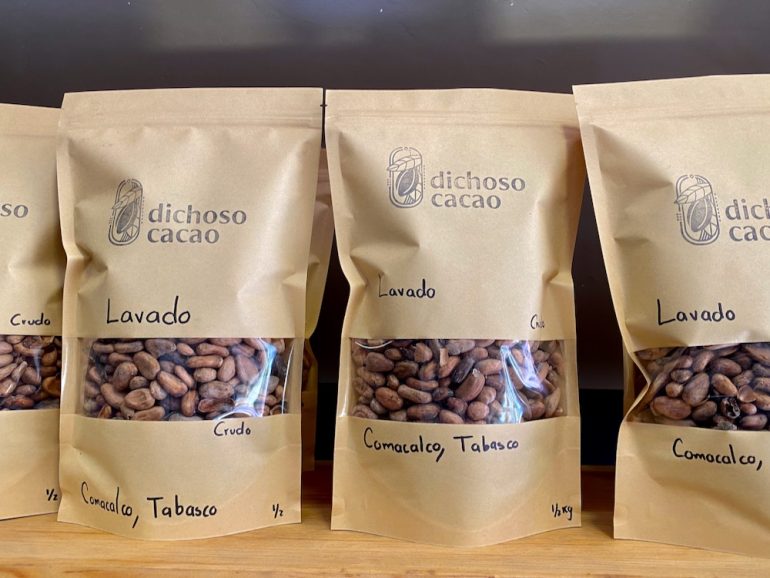 Then we went to a tortilleria that might just be called Tortilleria?
Then we went to a tortilleria that might just be called Tortilleria?
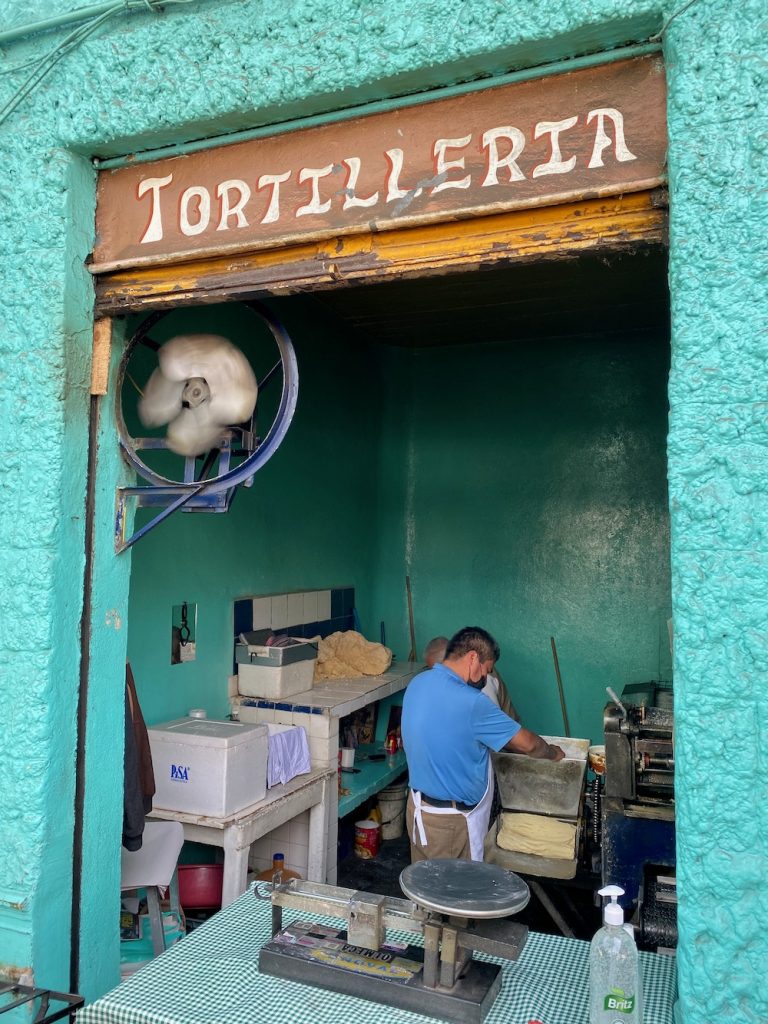
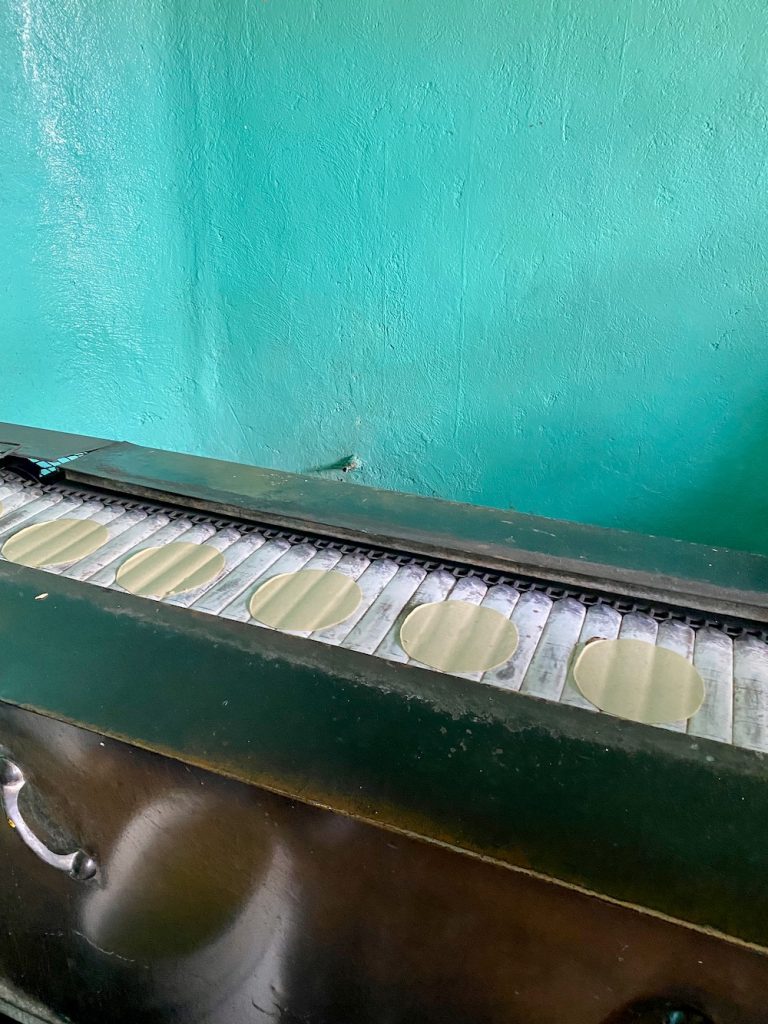 Eventually, we ended up at the house of Jorge and his husband, Beto, who led us through the process of cooking a delicious lunch of tamales, tortillas, sopes, salsas, and cochinita pibil tacos. (And beer, and cocktails, and wine.) It’s rare for me to spend six hours with strangers—not just Beto and Jorge, but also our fellow participant, Kevin—and have such a good time.
Eventually, we ended up at the house of Jorge and his husband, Beto, who led us through the process of cooking a delicious lunch of tamales, tortillas, sopes, salsas, and cochinita pibil tacos. (And beer, and cocktails, and wine.) It’s rare for me to spend six hours with strangers—not just Beto and Jorge, but also our fellow participant, Kevin—and have such a good time.
There was a bittersweet aspect to the lunch, however. We were among the last guests at the CDMX outpost of Casa Jacaranda, for the guys will soon move to the city of Guadalajara, where they plan to do the same thing there.
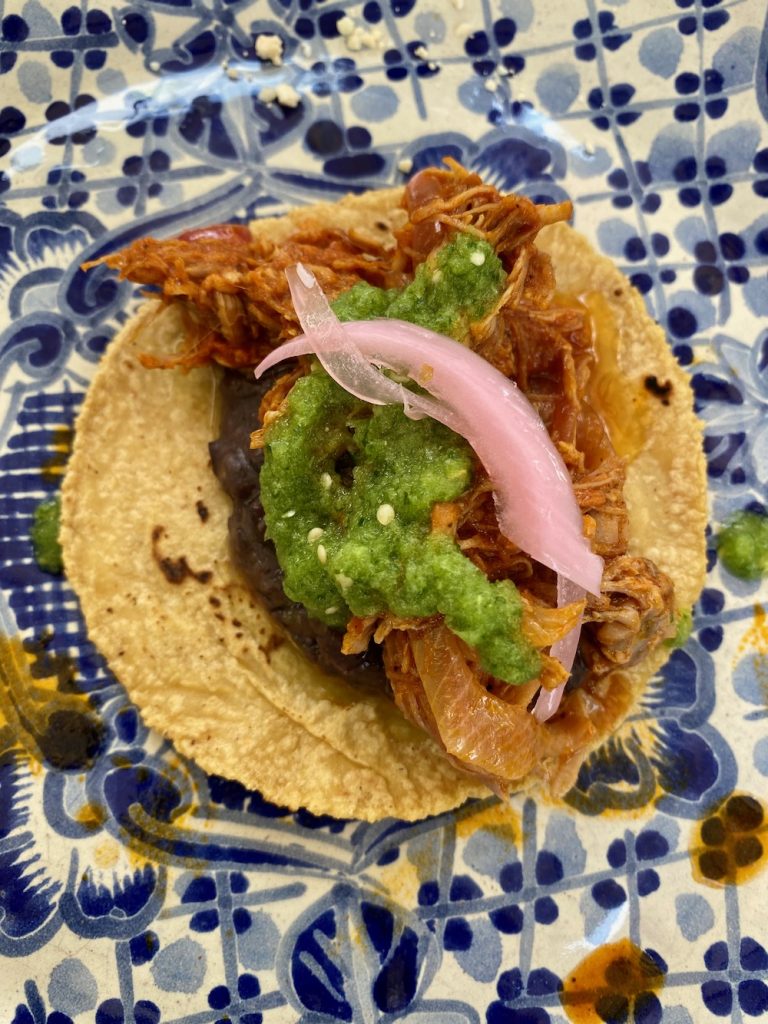
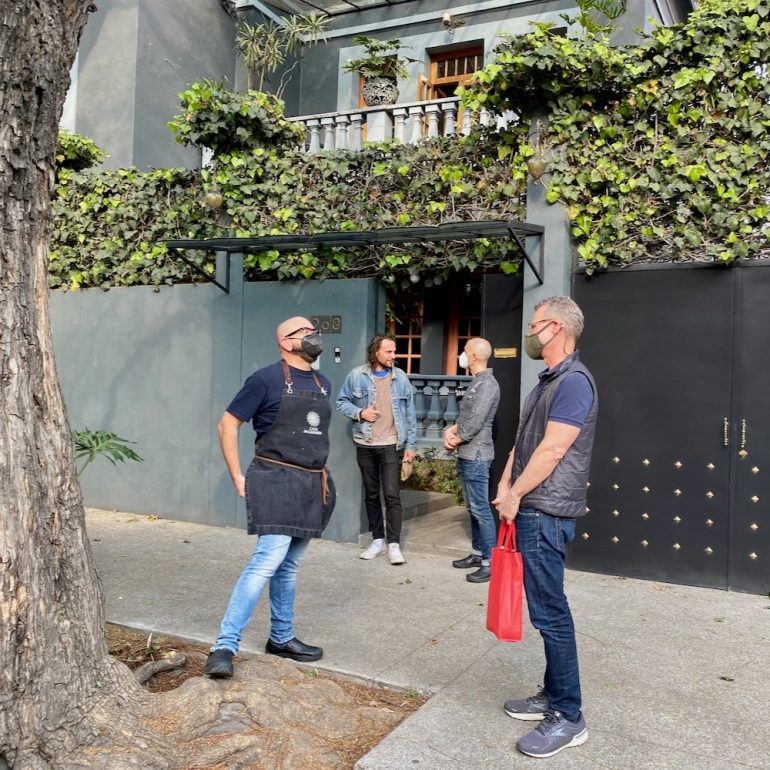 And the mamey was fantastic! It has the texture of an avocado and the flavor, minus some of the funk, of a papaya. (Does anyone know where to get mamey around here?) Moreover, Jorge roasted the pit and then ground up the inside; the result is called pixtle, which tastes like a more interesting marzipan. I think we can all agree that any trip where you discover a delicious new fruit is a successful one.
And the mamey was fantastic! It has the texture of an avocado and the flavor, minus some of the funk, of a papaya. (Does anyone know where to get mamey around here?) Moreover, Jorge roasted the pit and then ground up the inside; the result is called pixtle, which tastes like a more interesting marzipan. I think we can all agree that any trip where you discover a delicious new fruit is a successful one.
P.S. To return to the U.S., you need to pass a Covid test. The hotel can arrange for someone to come and do it, but we went around the corner to a testing center set up in the lobby of an office building. It was cheap, professional, and easy; the U.S. should be so prepared.
Previous travel coverage:
••• Do Greek Islands Live Up to the Fantasy?
••• Splendid Isolation at Utah’s Lodge at Blue Sky
••• The Three Reasons to Visit Paso Robles Now
••• The Rebirth of the Cuyama Buckhorn, a Classic Roadside Motel


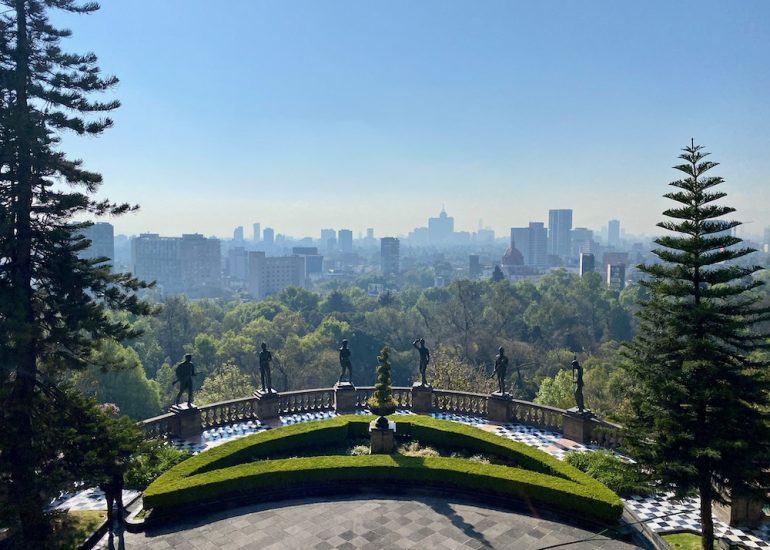
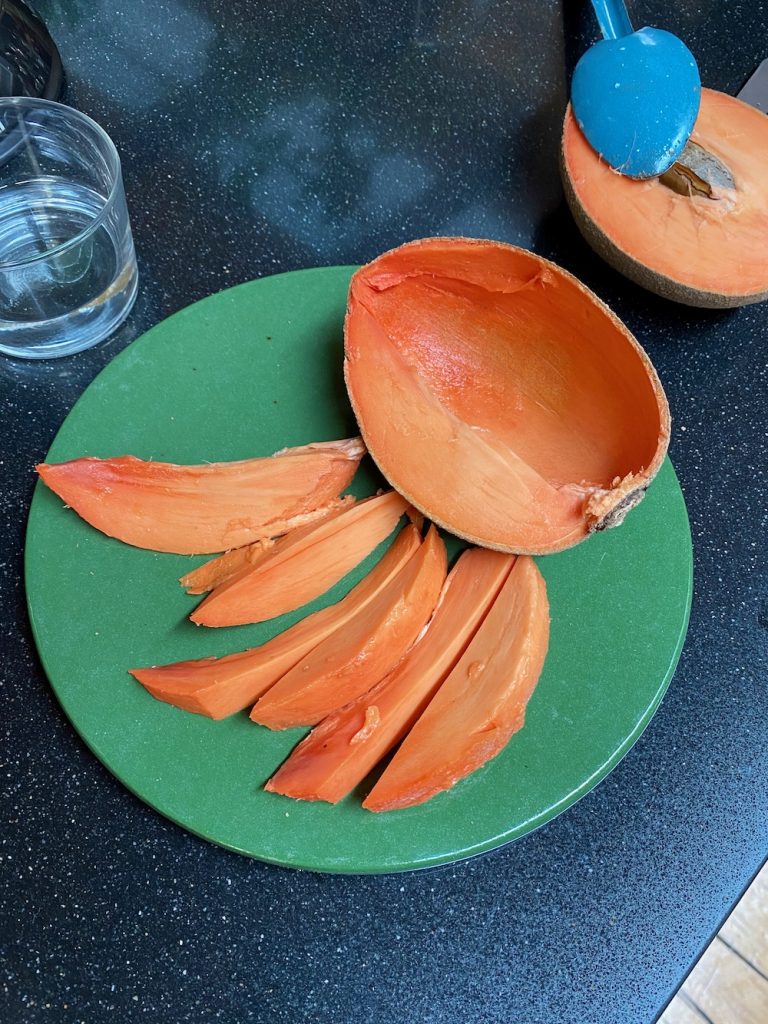





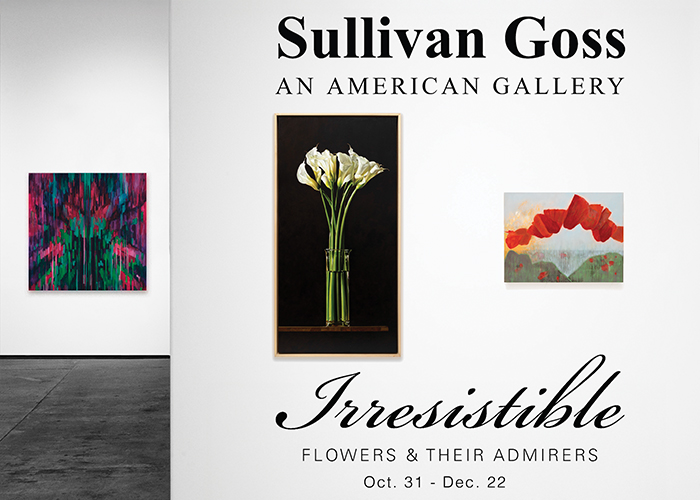





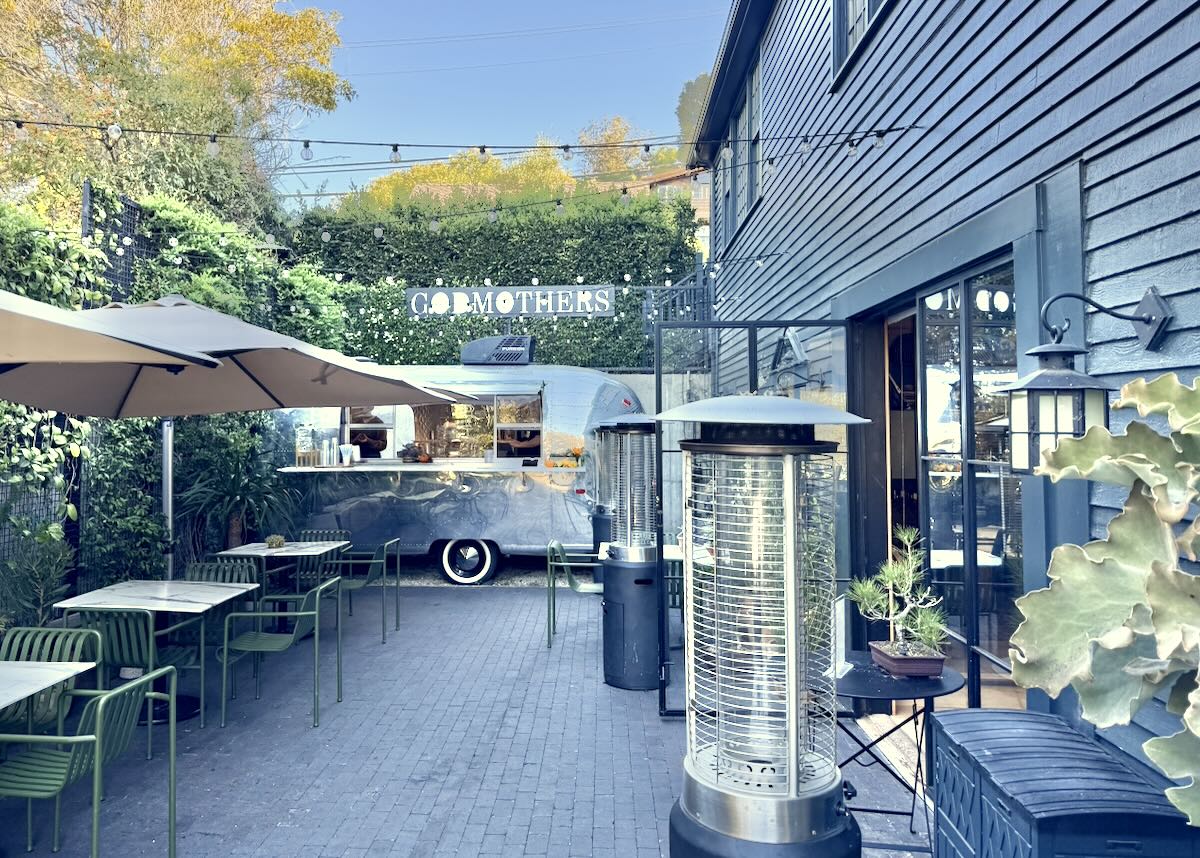
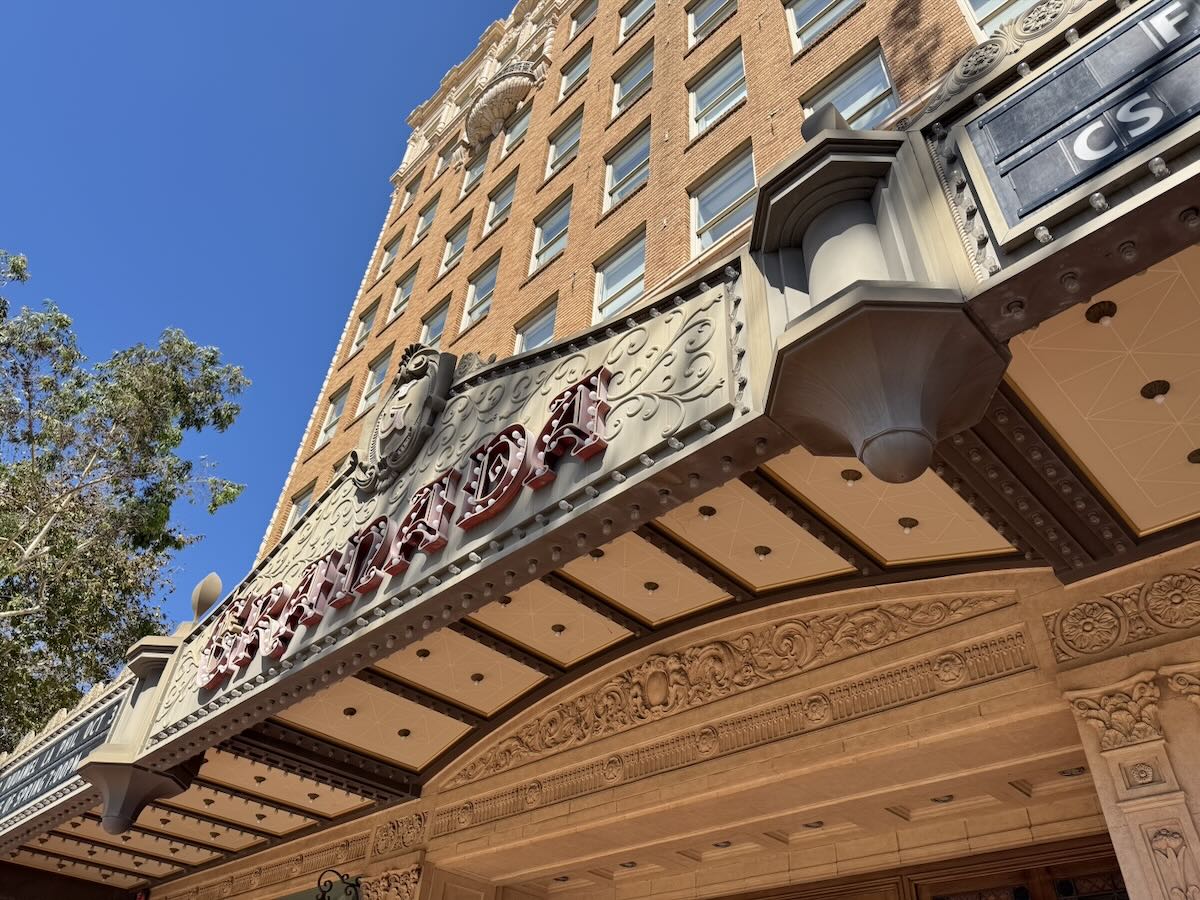

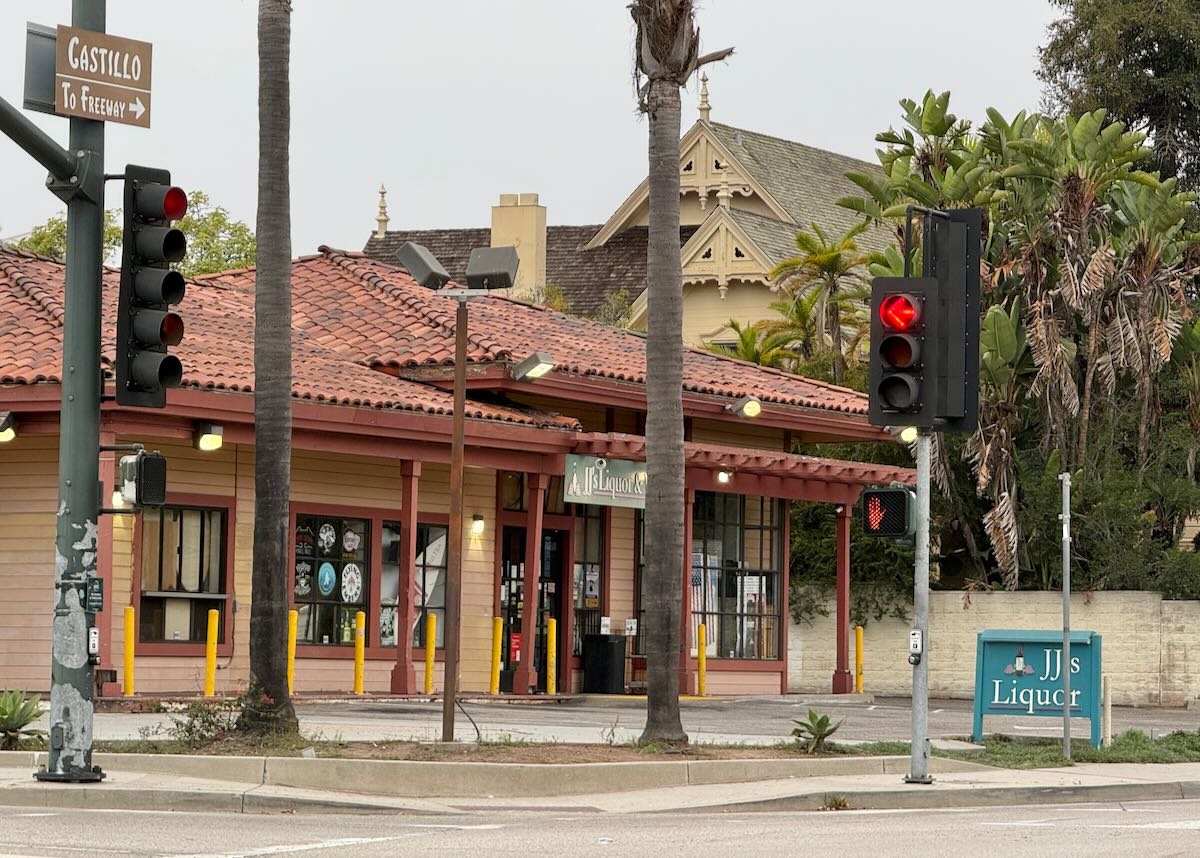
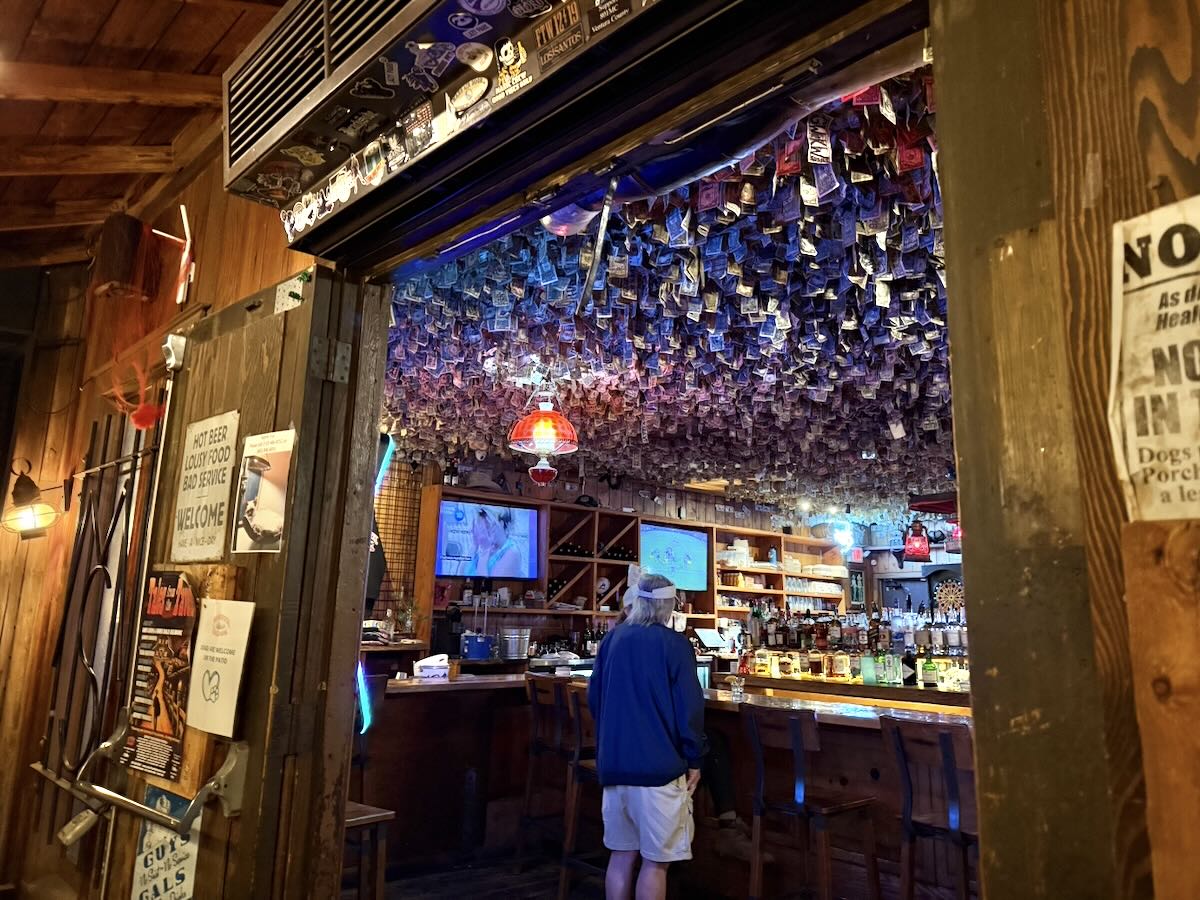
Thank you for sharing your adventures and the amazing photos!
M.
Your take on Mexico City makes me want to go back and revisit…..and take you and Adam along! Entertaining, informative, candid. SS
WHAT AN AMAZING POST! Thanks for sharing the adventure. I loved it… and now Mexico City is firmly on my list of places to travel.
Excellent post – photos and writing. I’d be ready to go if only I weren’t booked for Argentina soon.
This was a delightful read, thank you for that!
Excellent writing – loved every minute of your CDMX adventure. Thanks for sharing. I’m looking forward to reading more of your travels.
Loved the post. Please share the contact info for Pancho, the driver. Thanks.